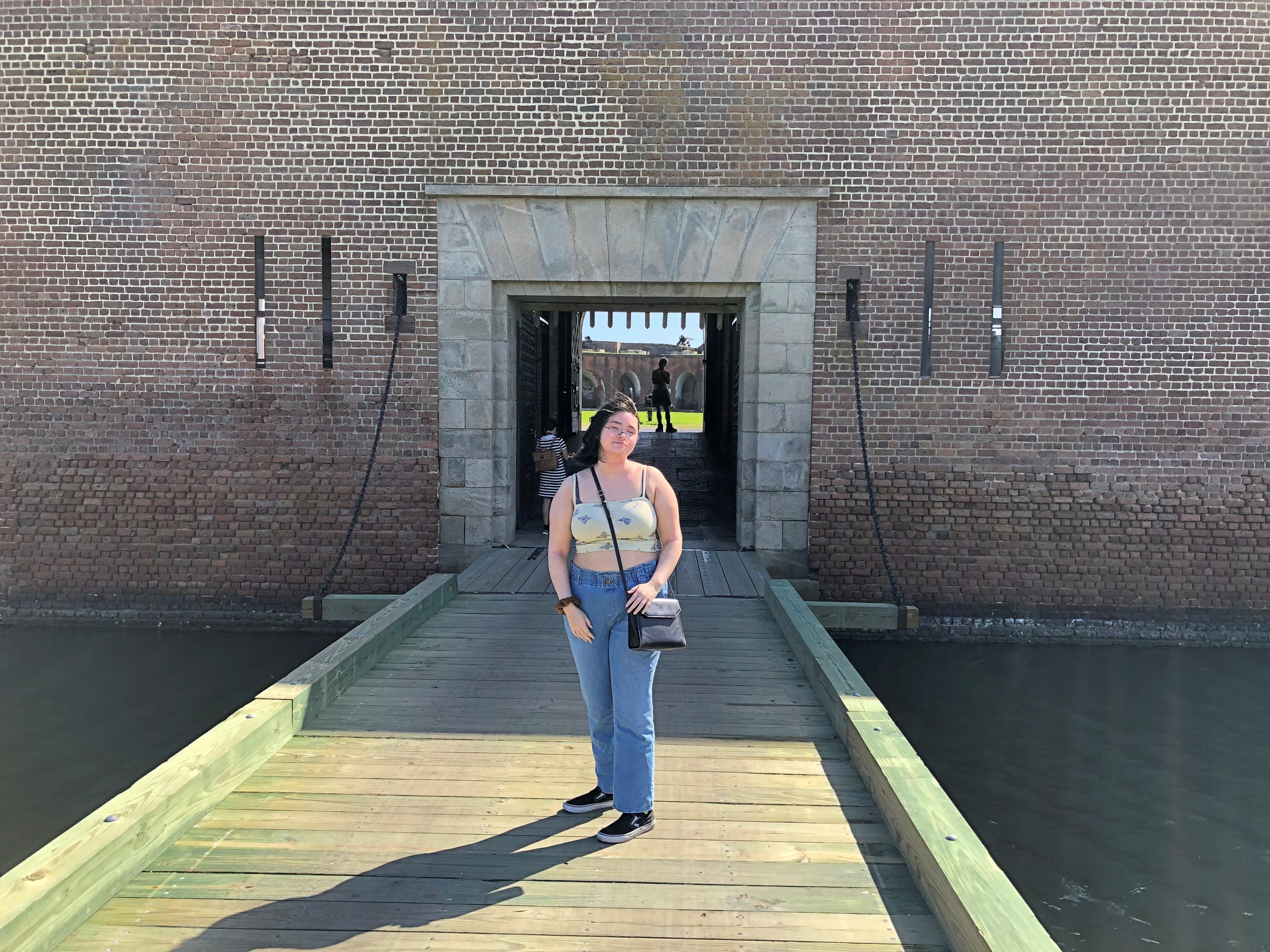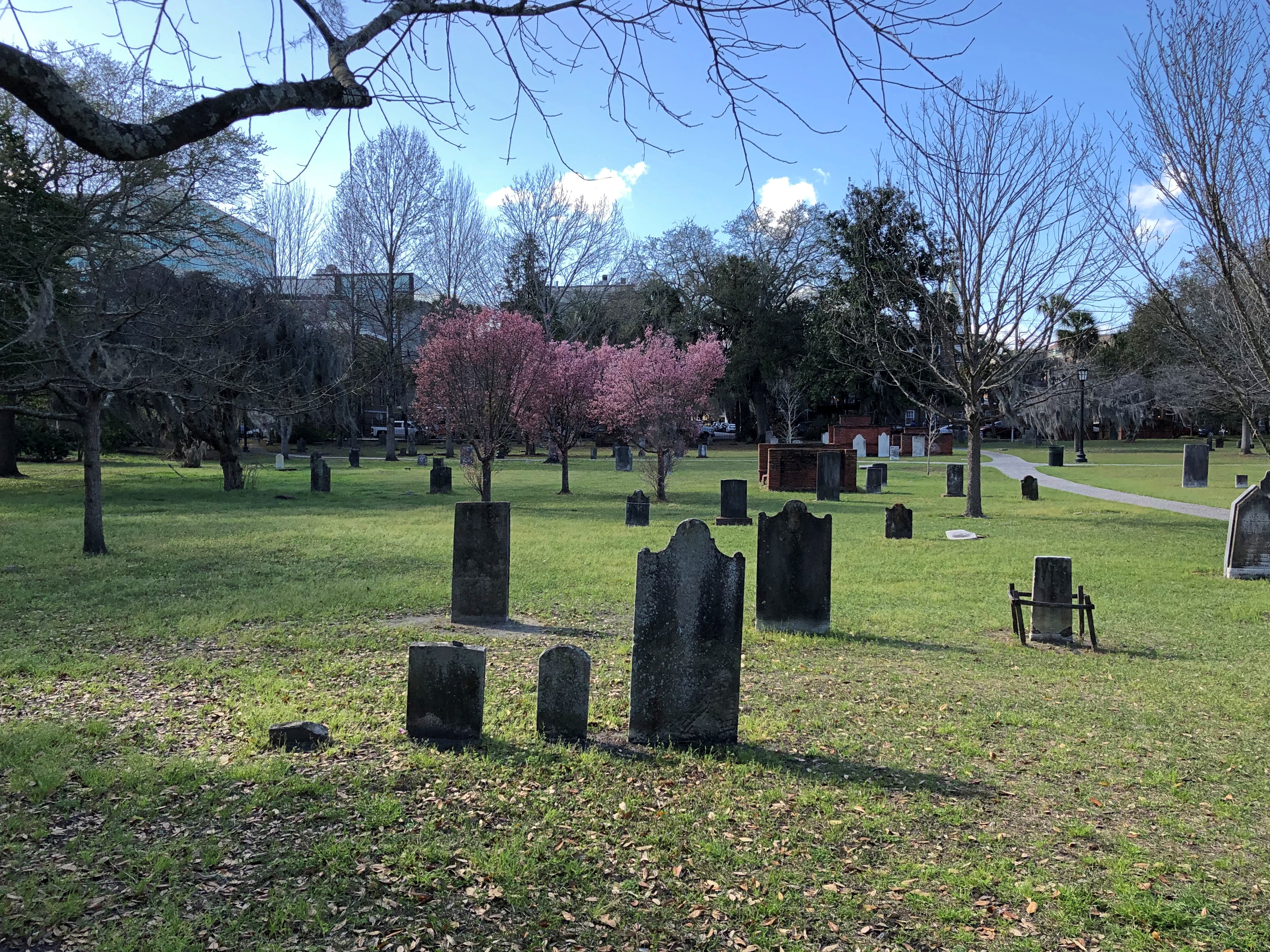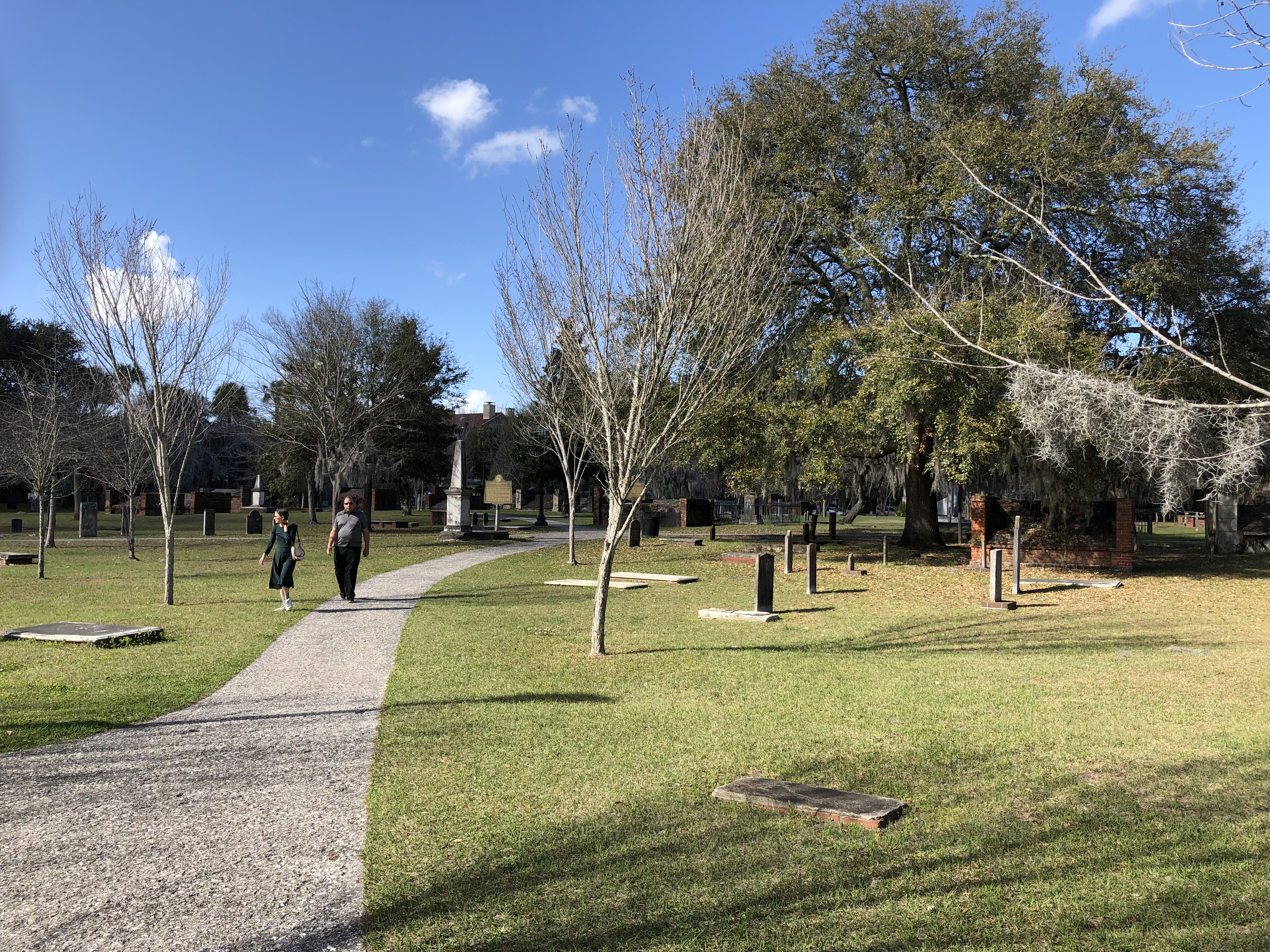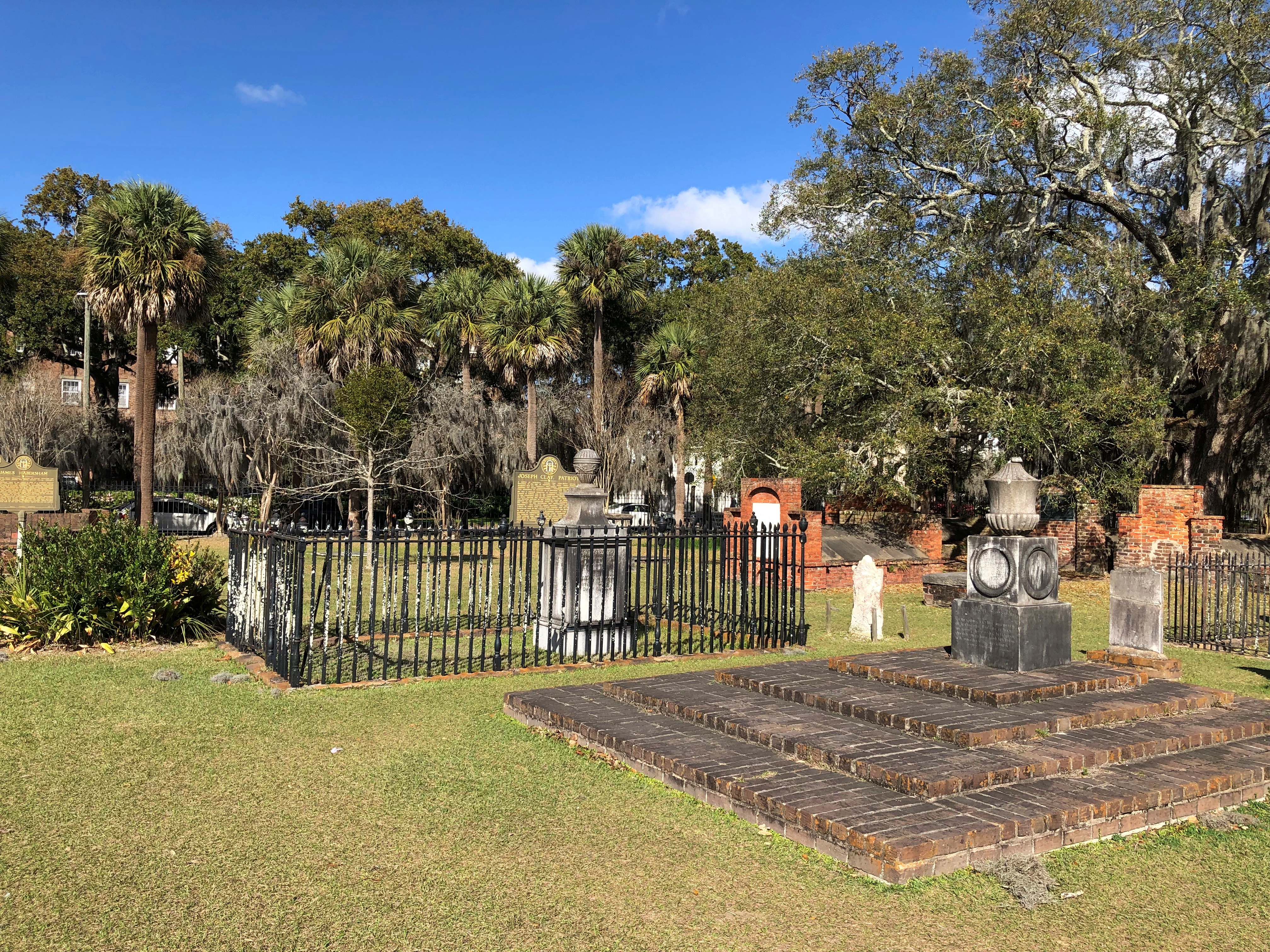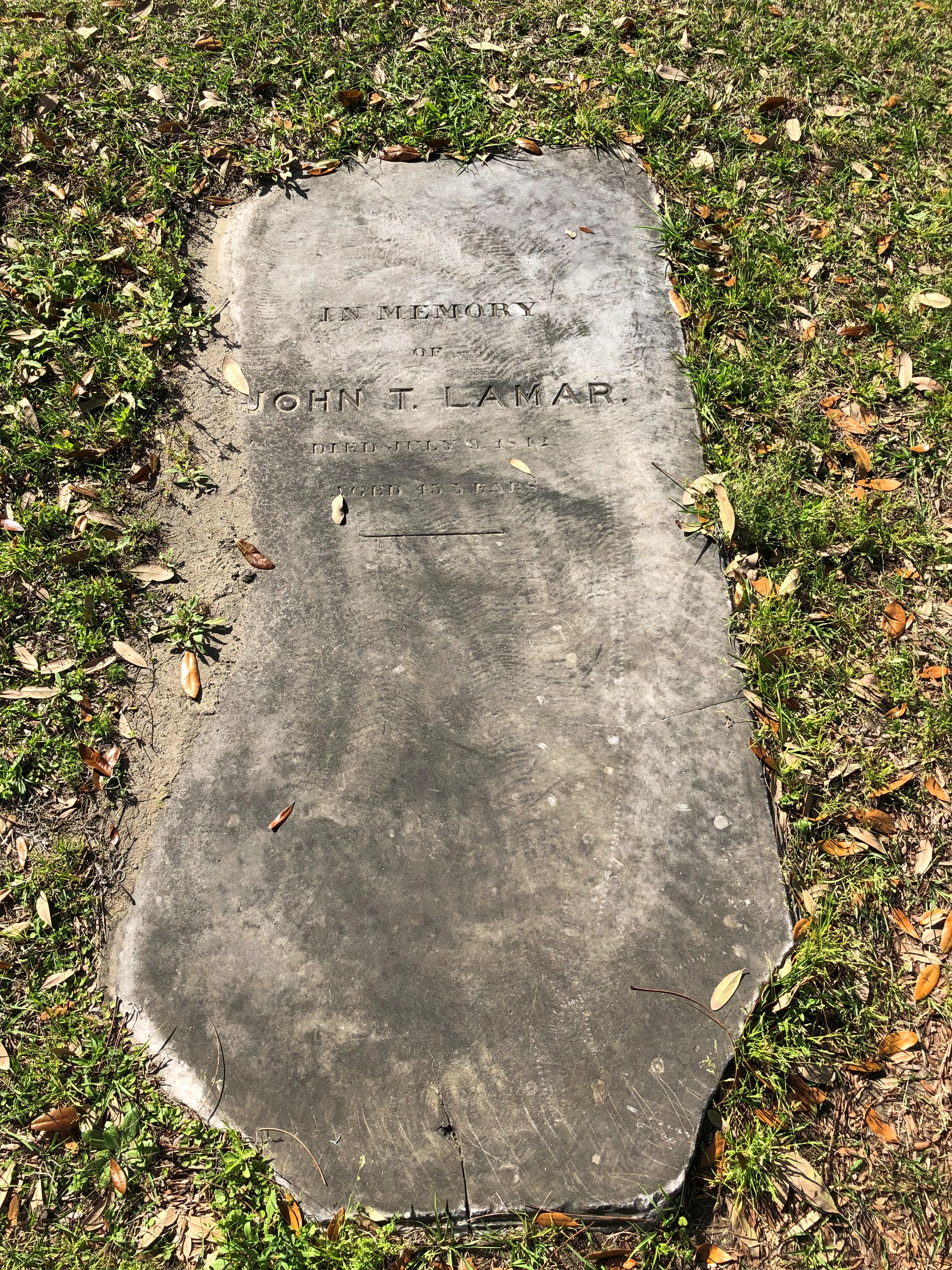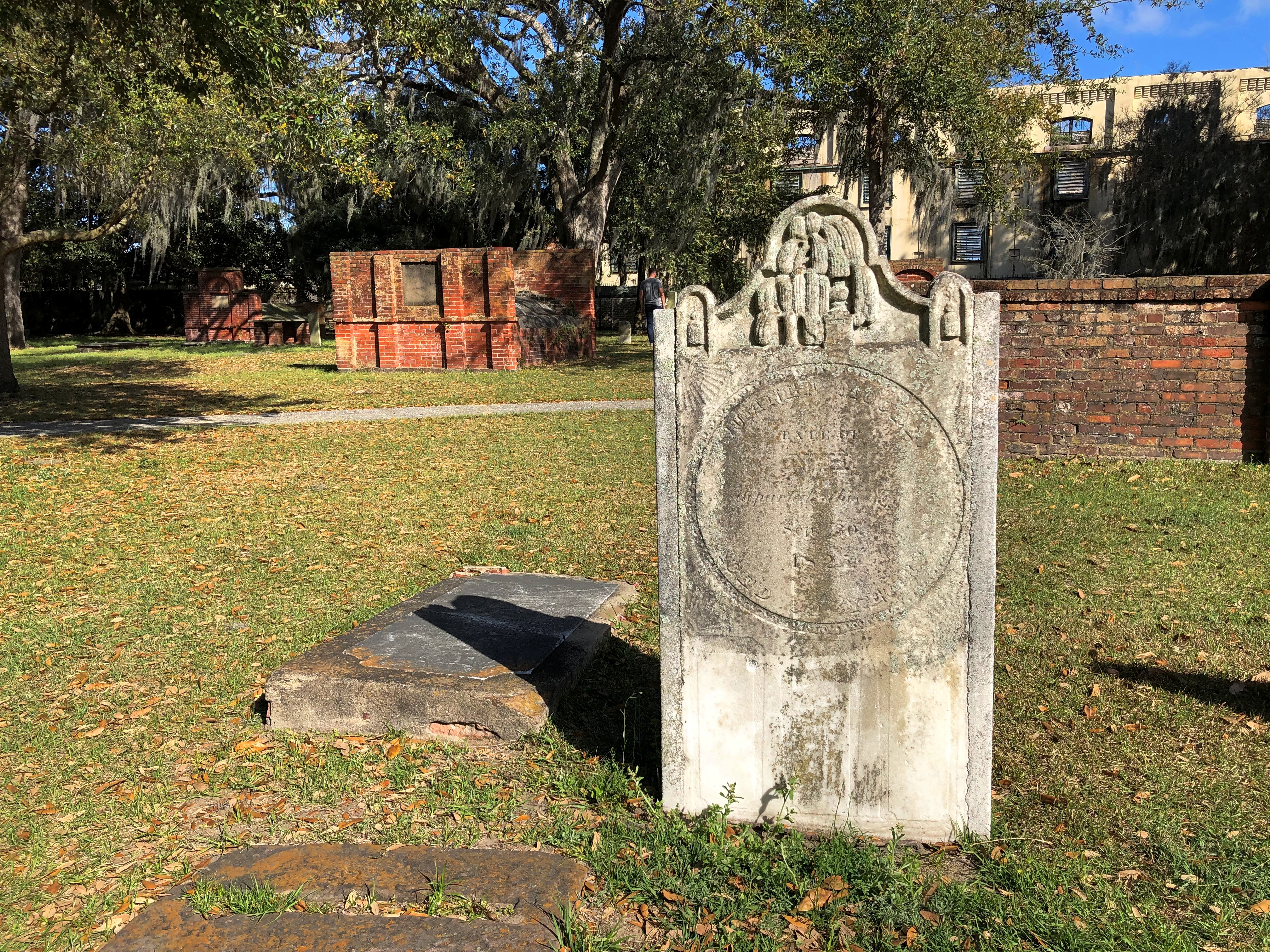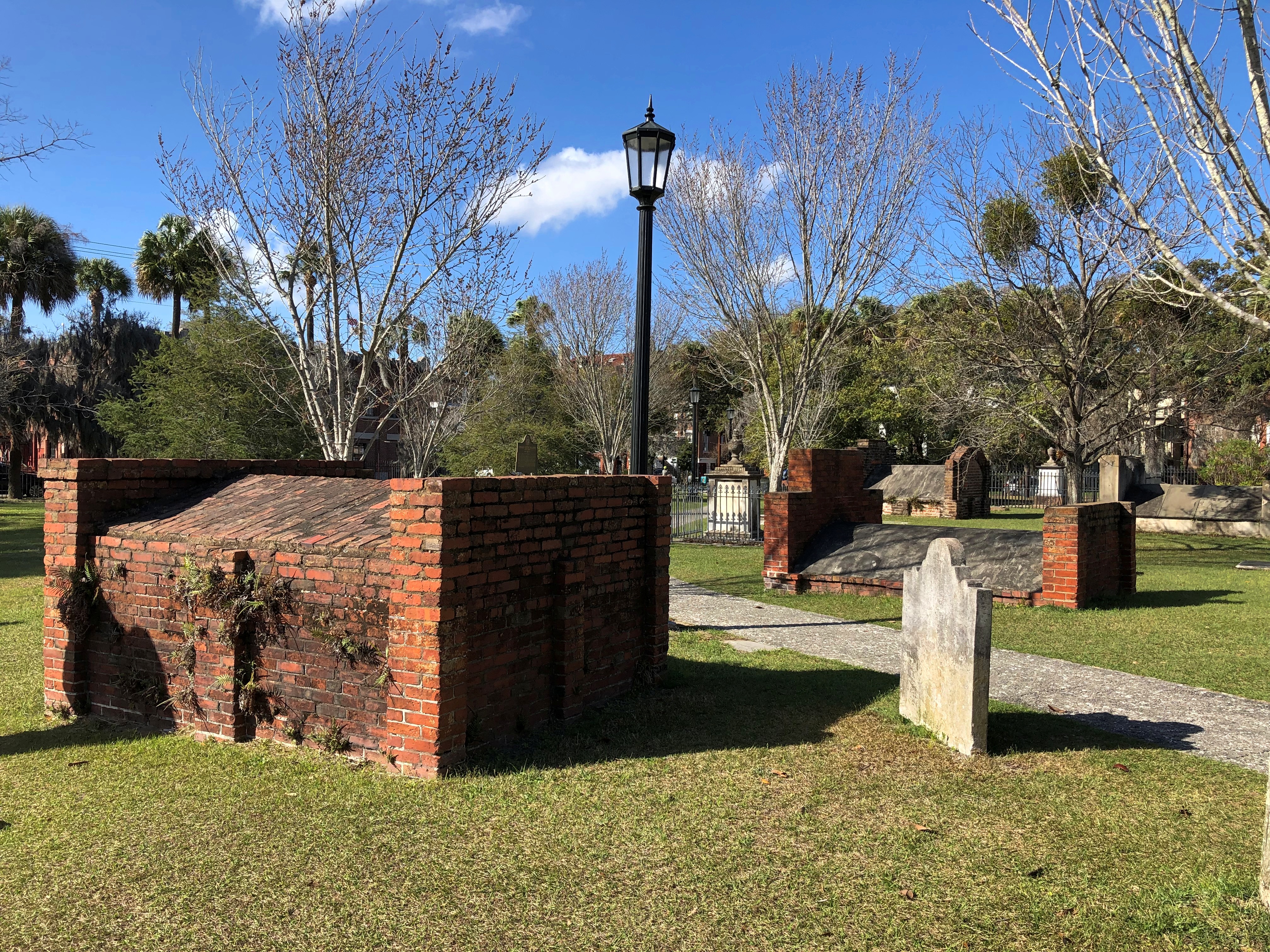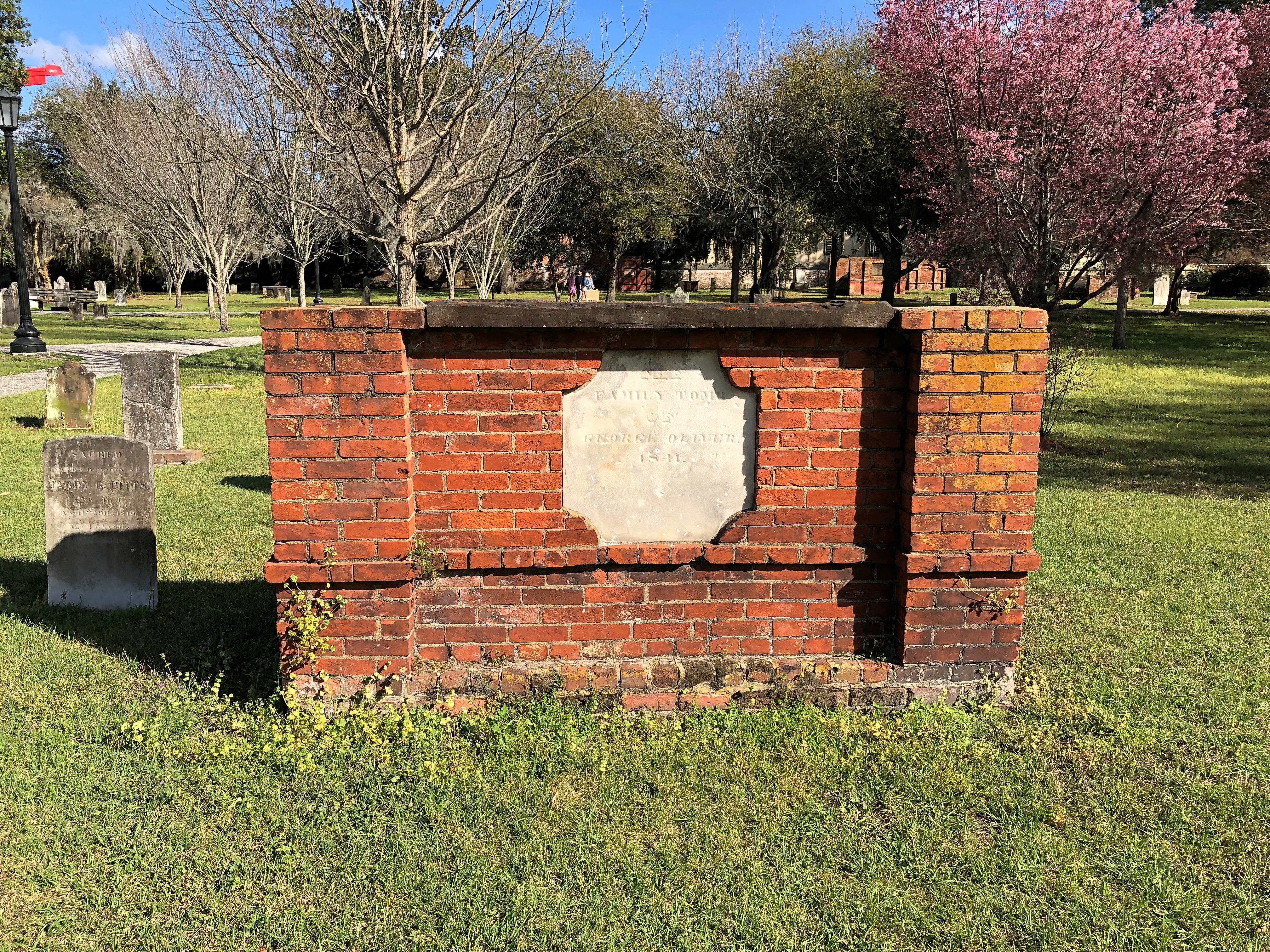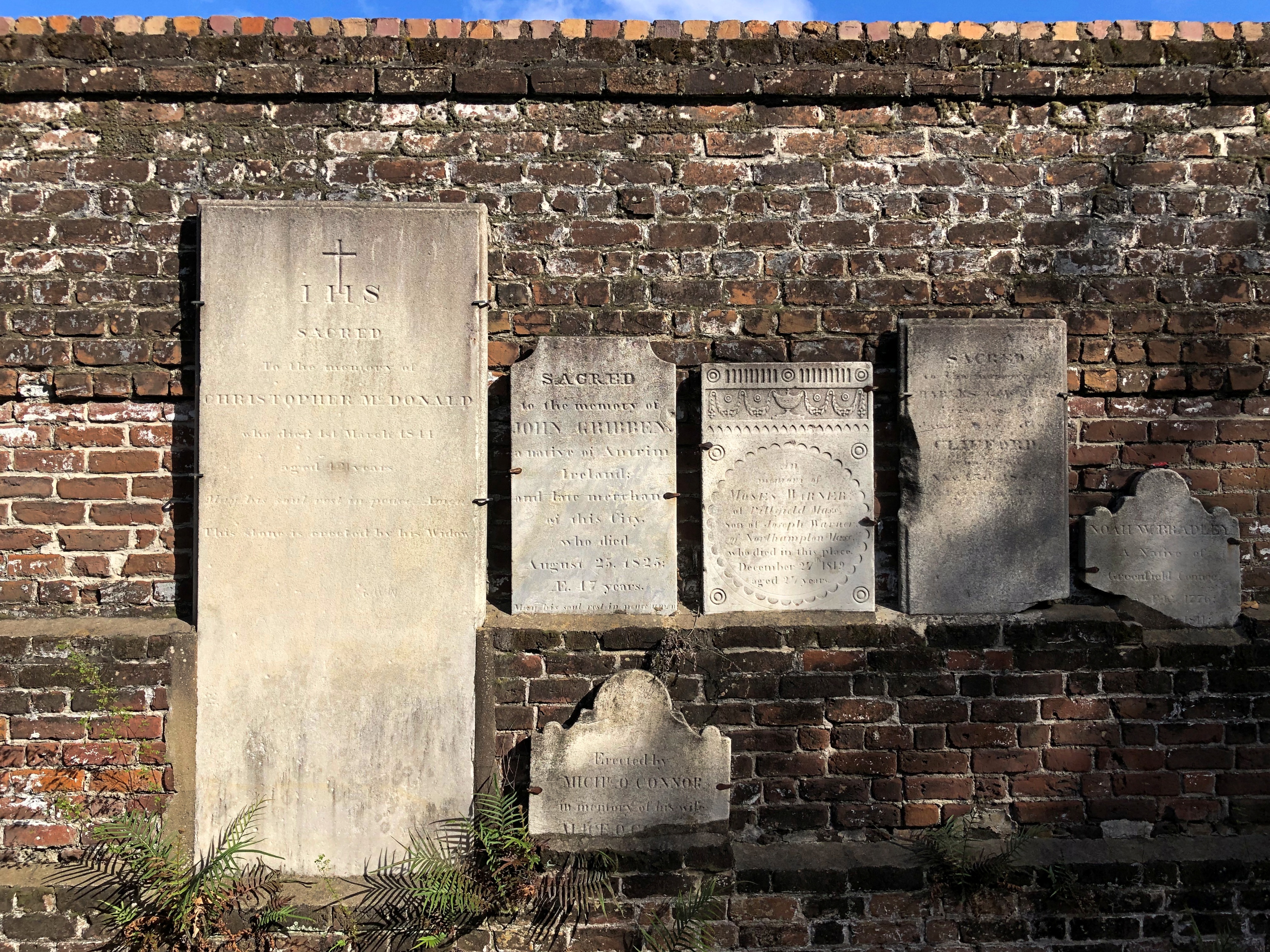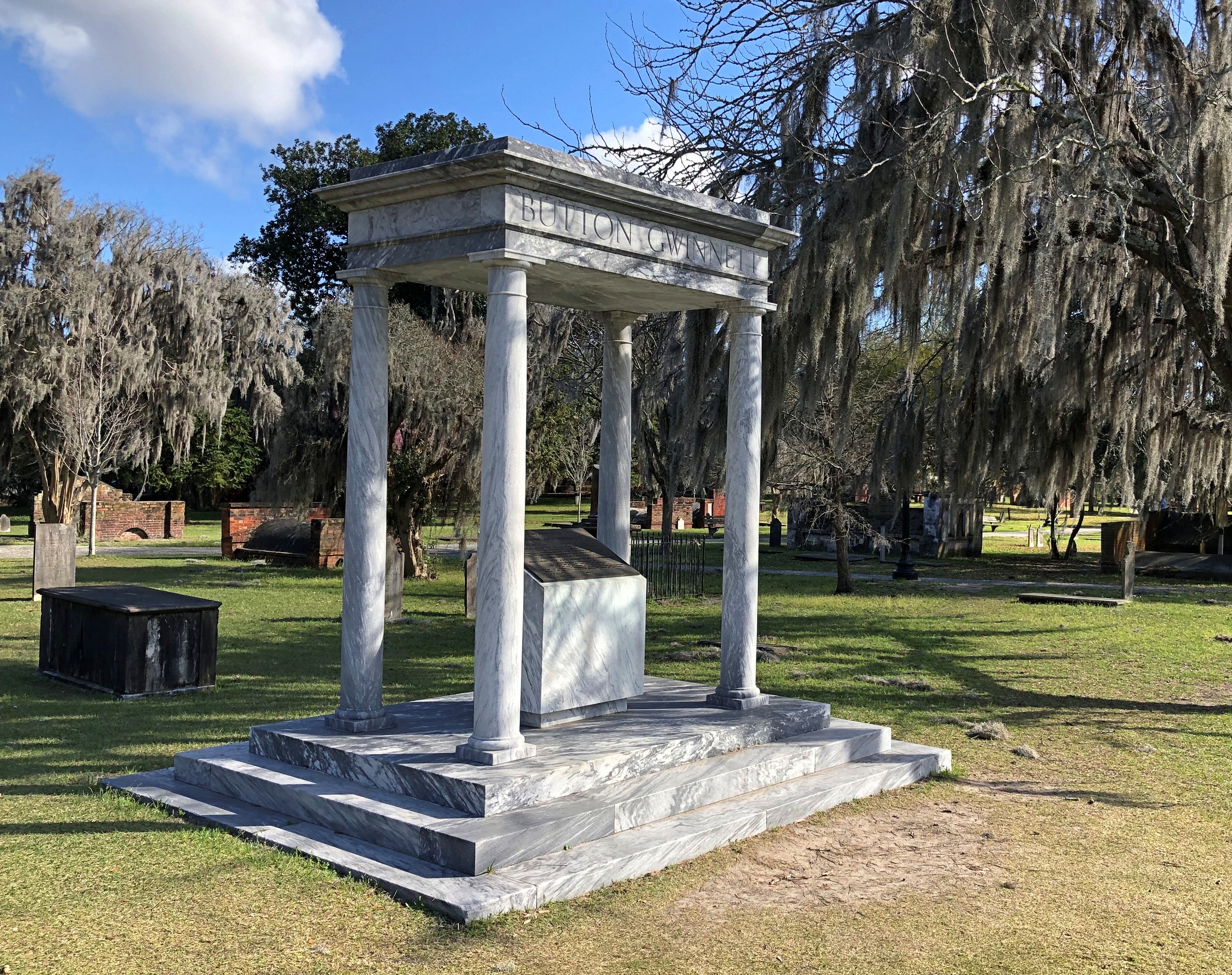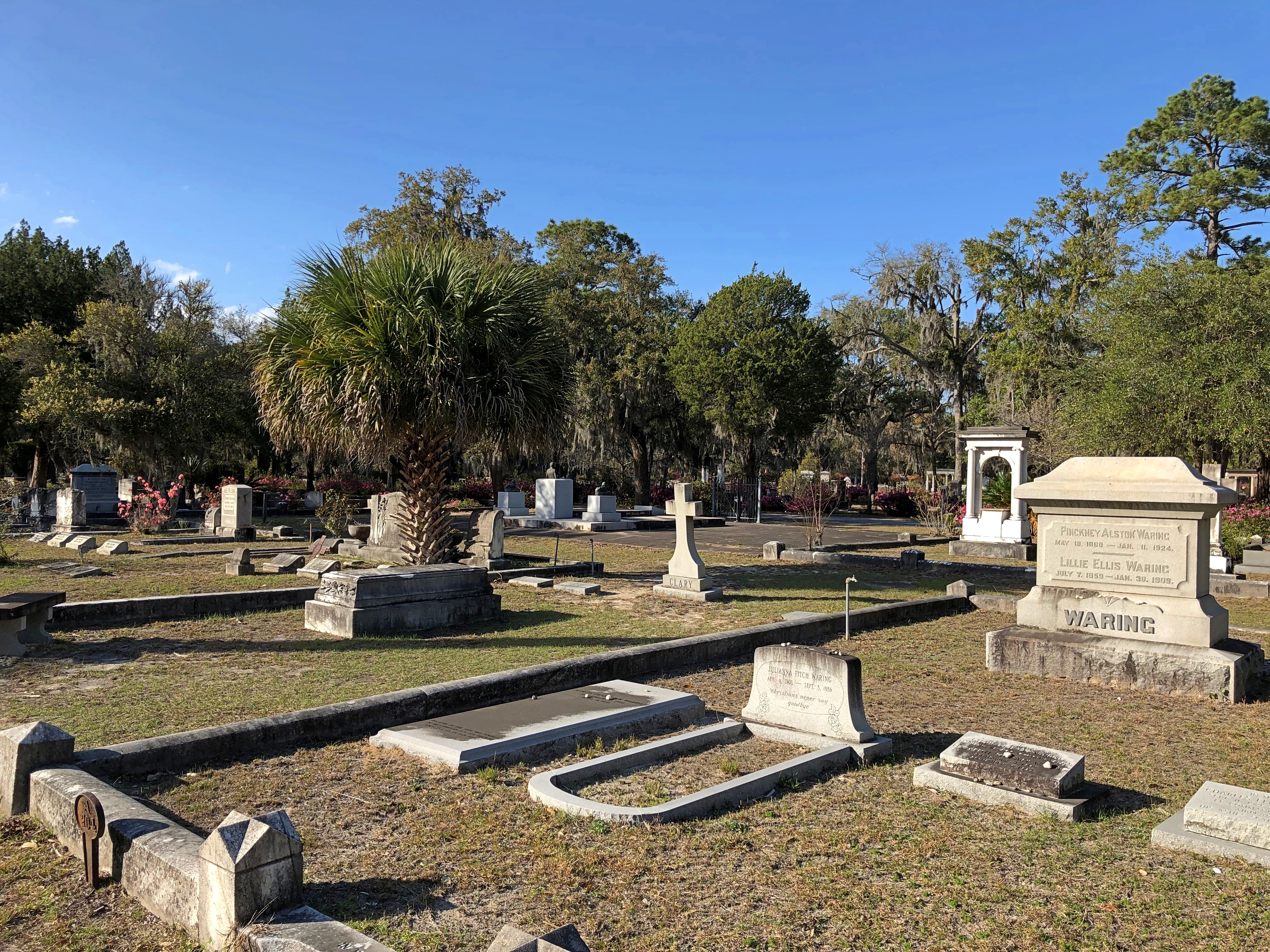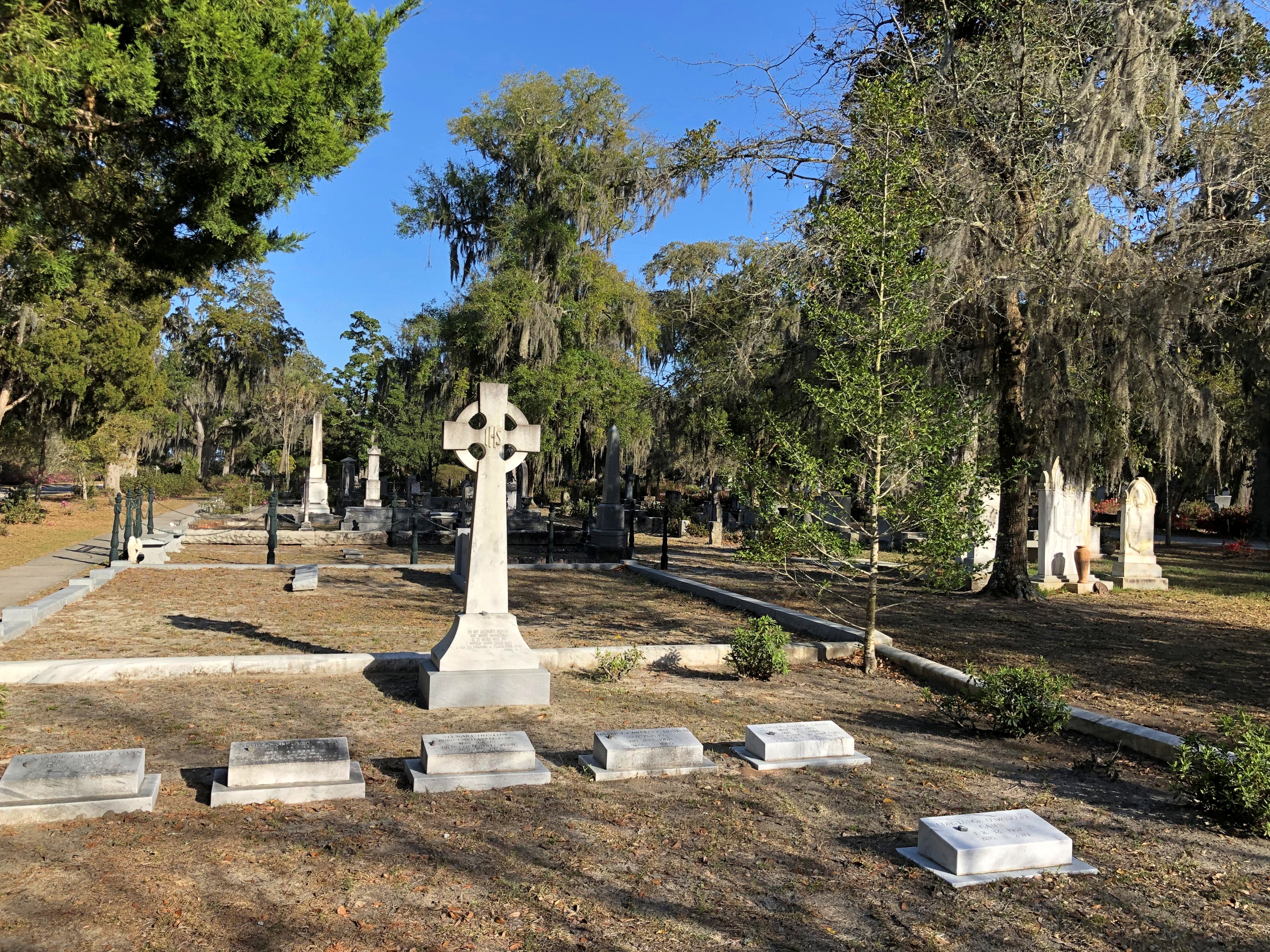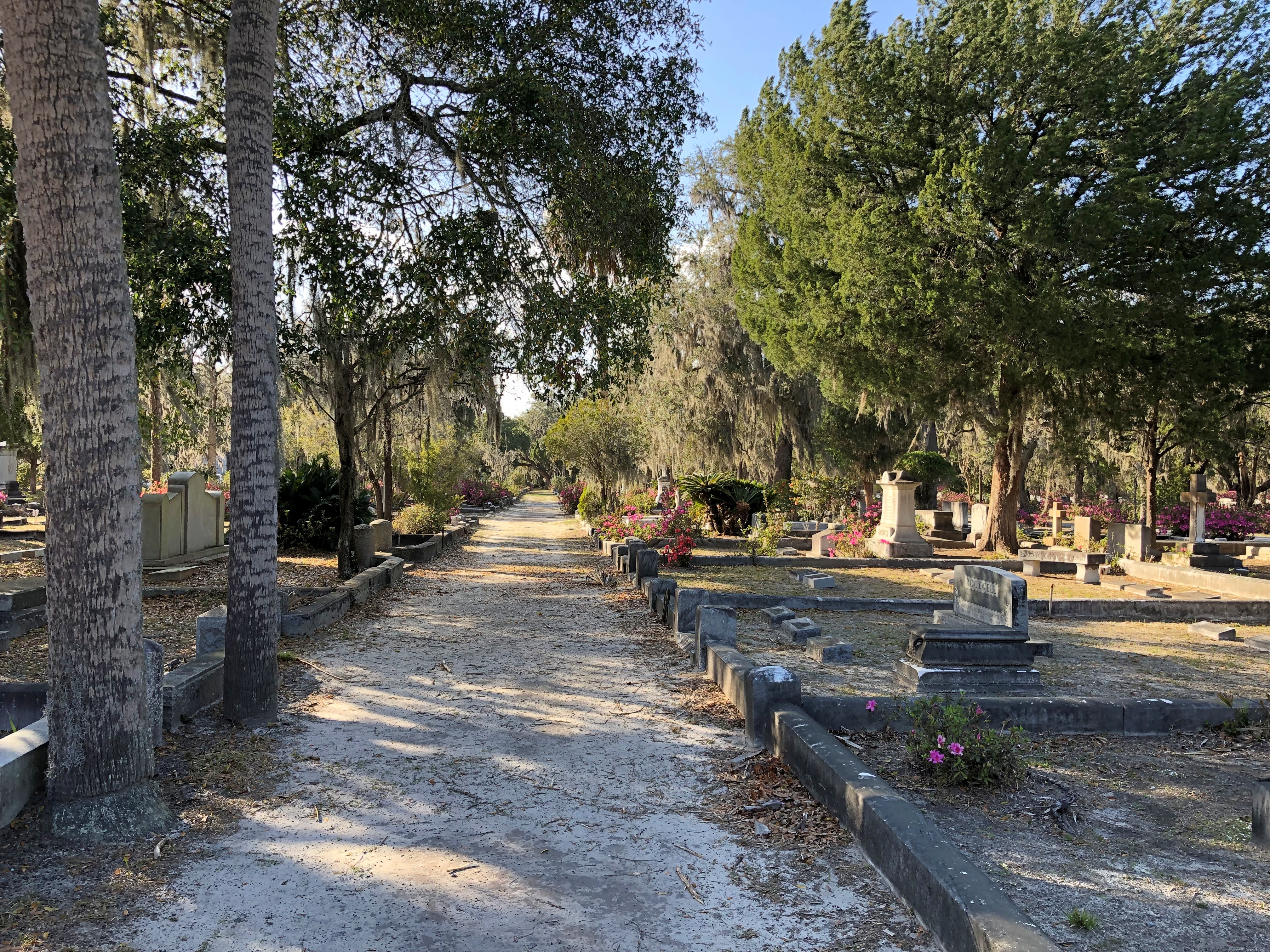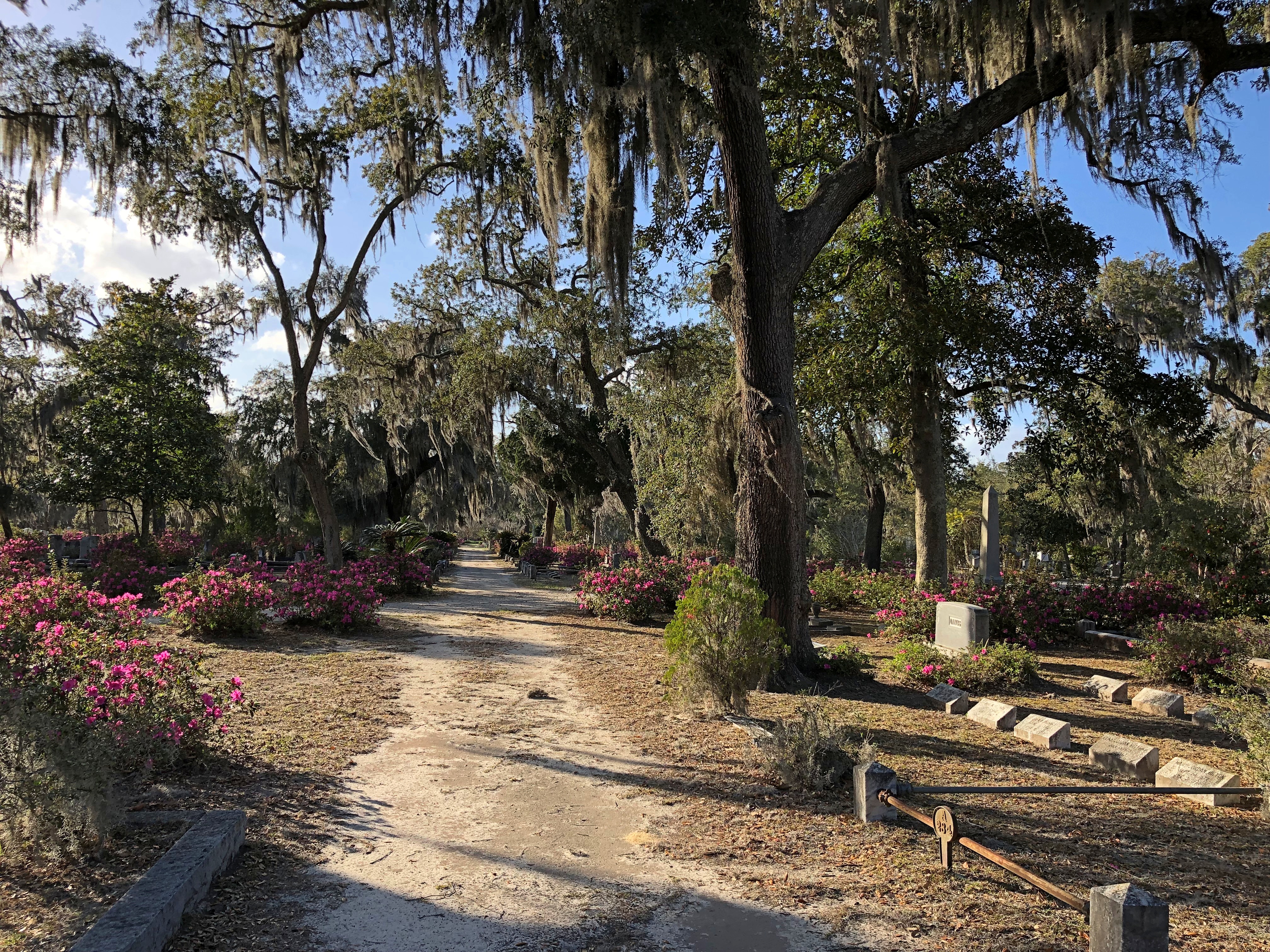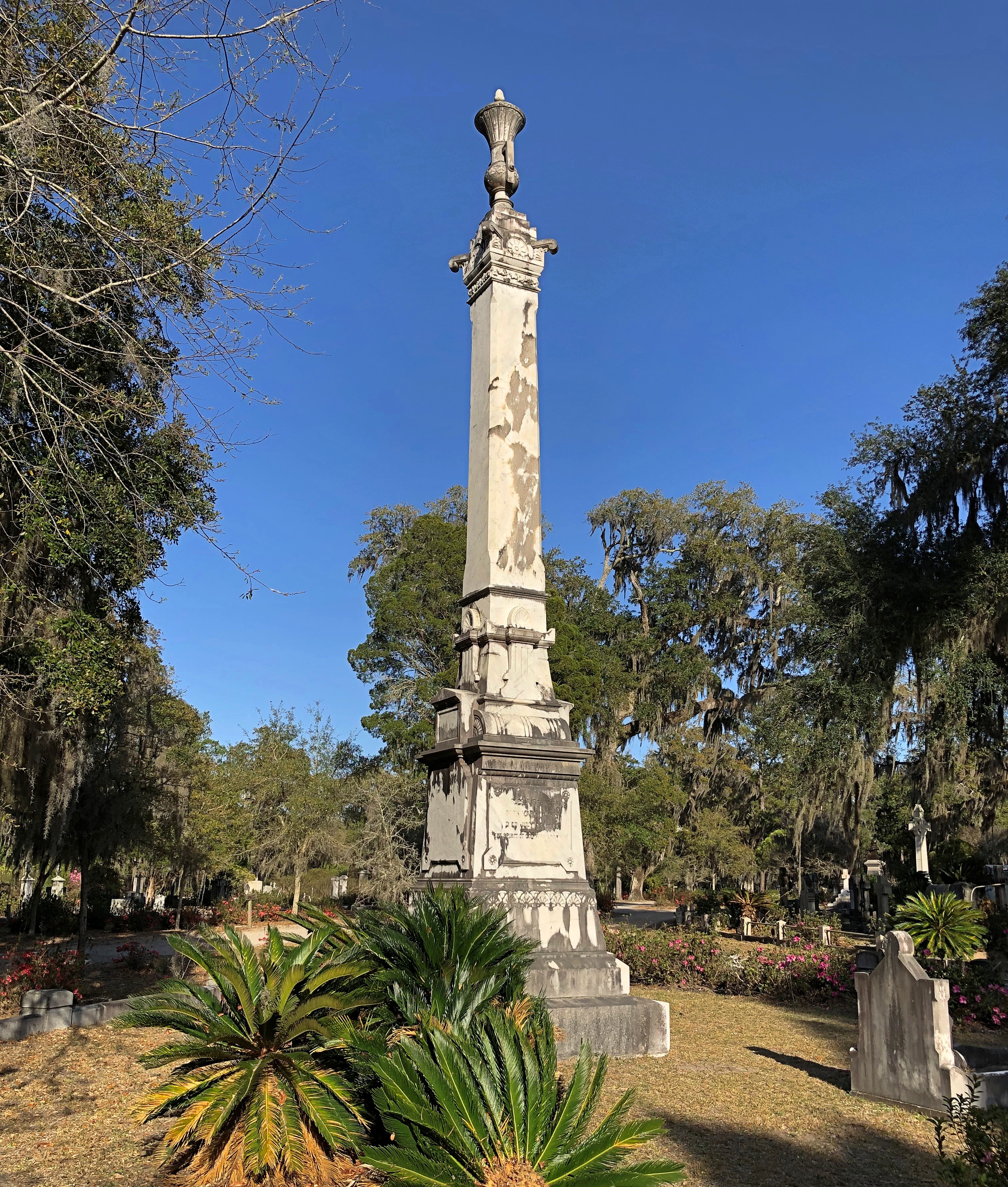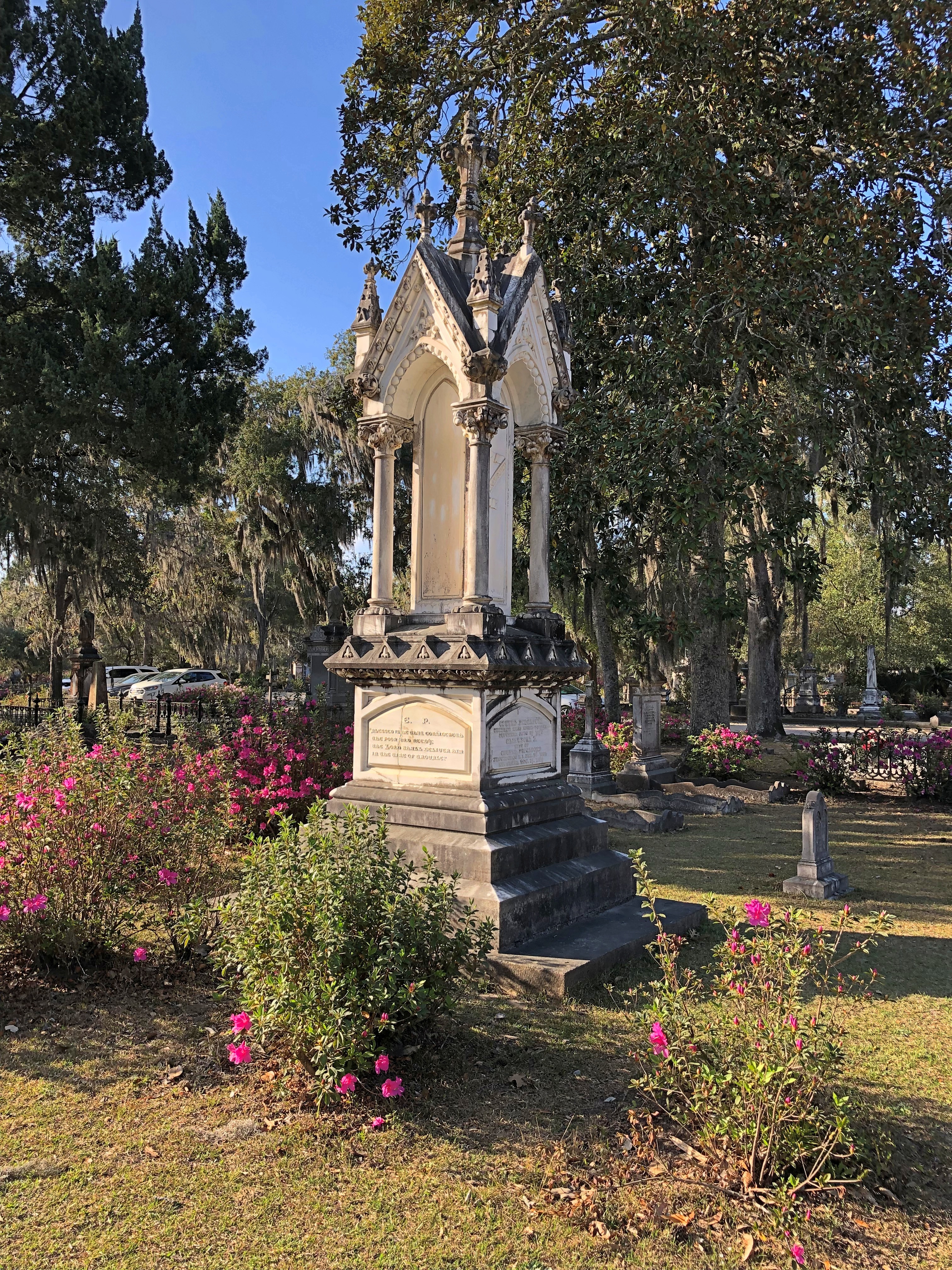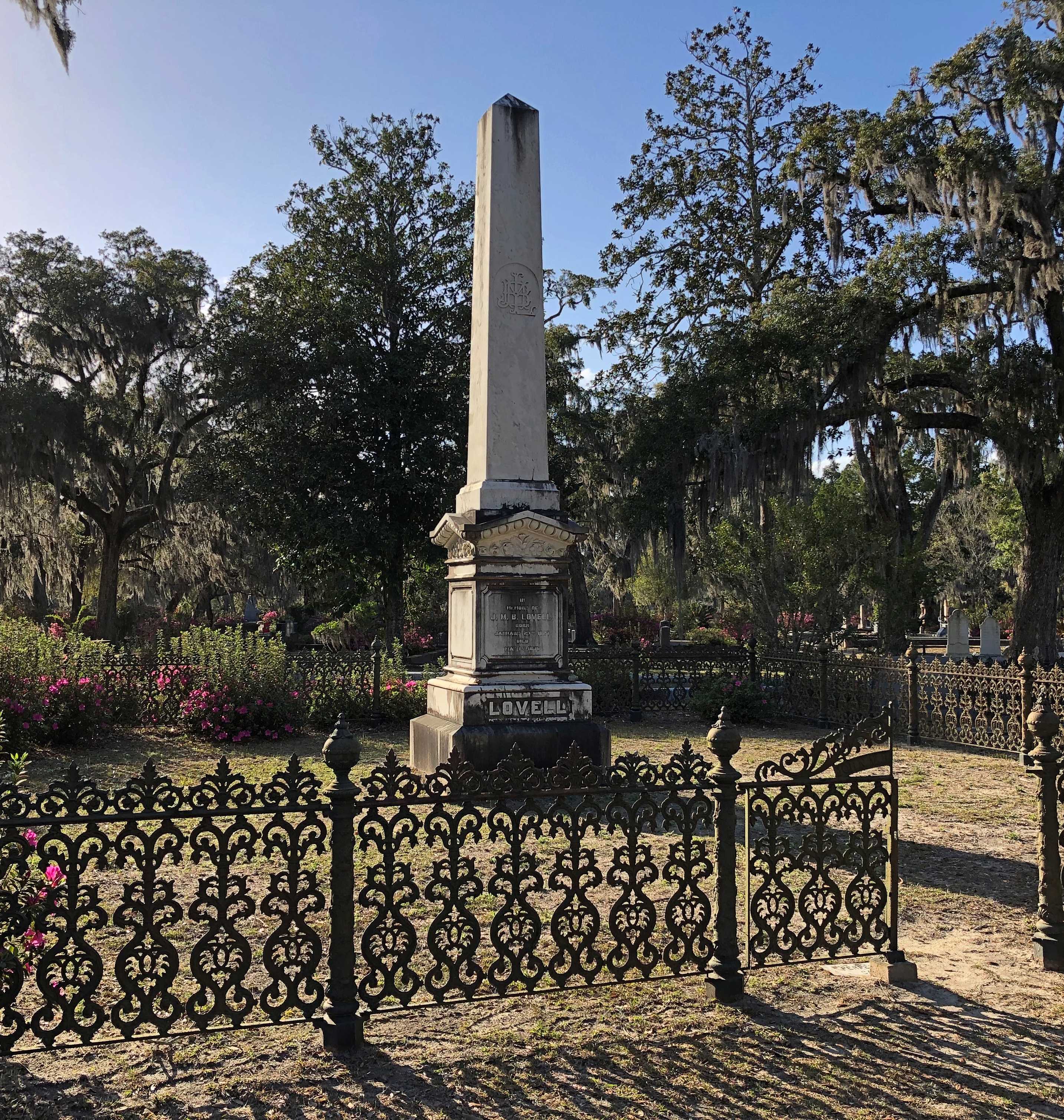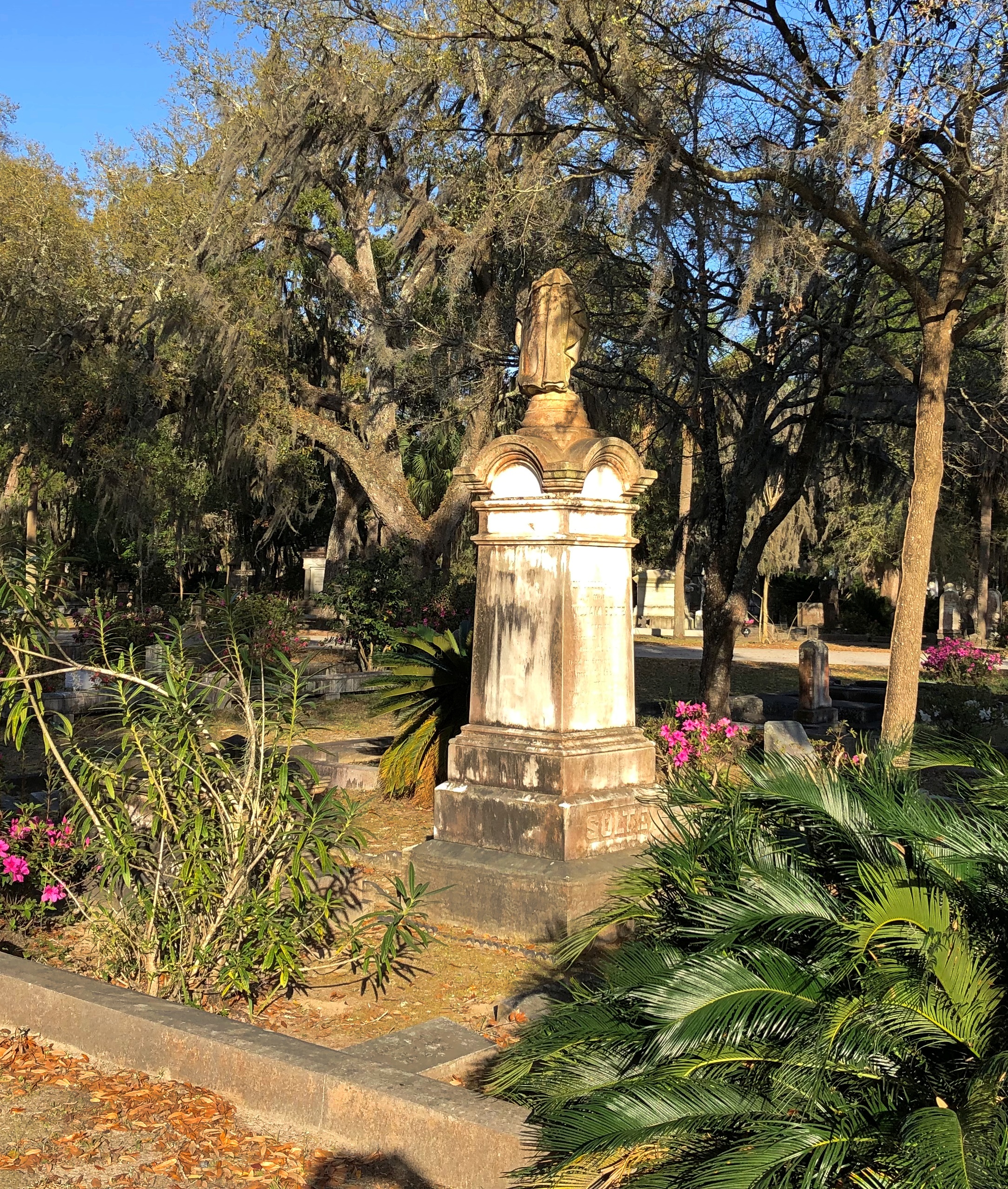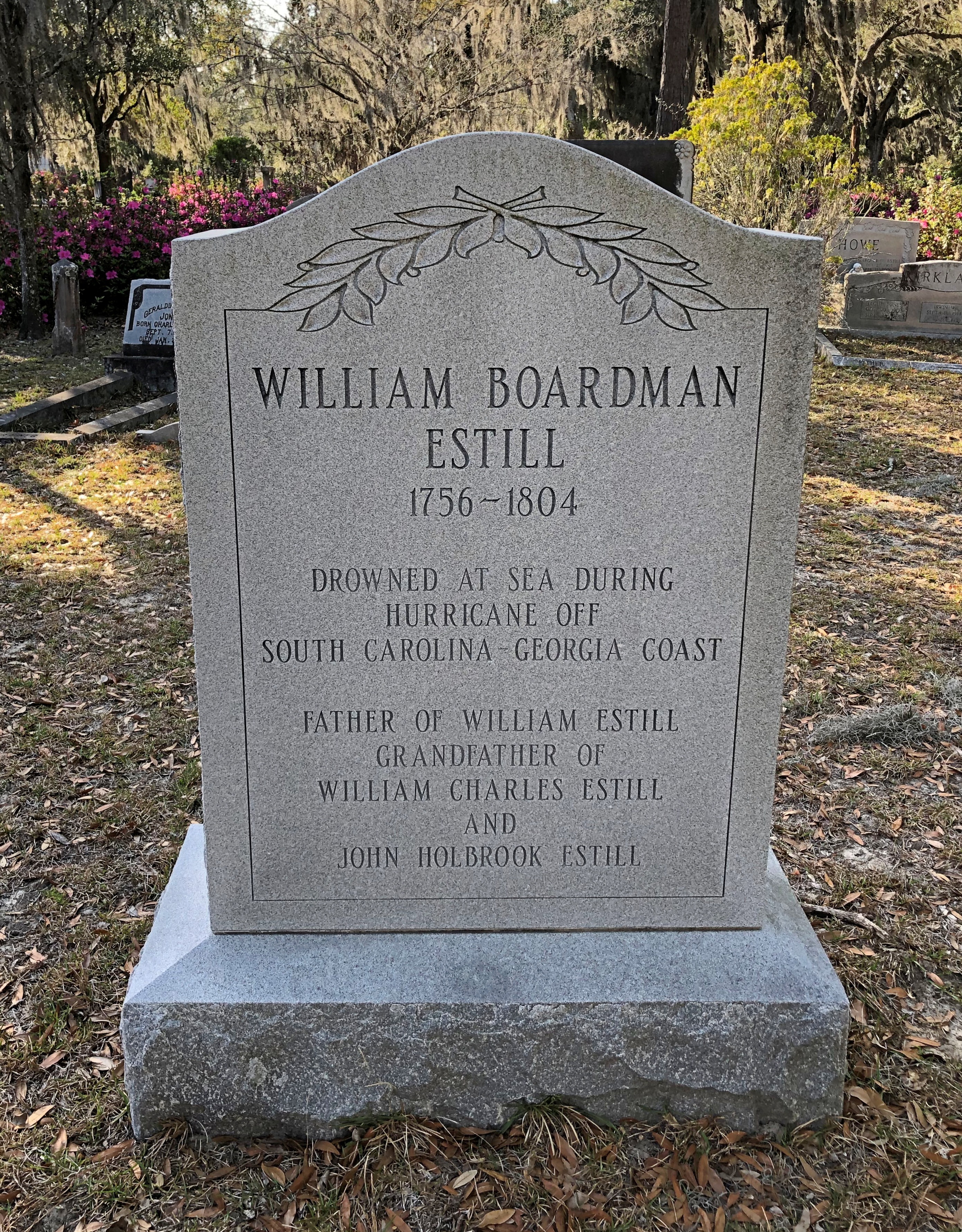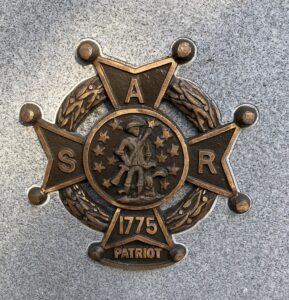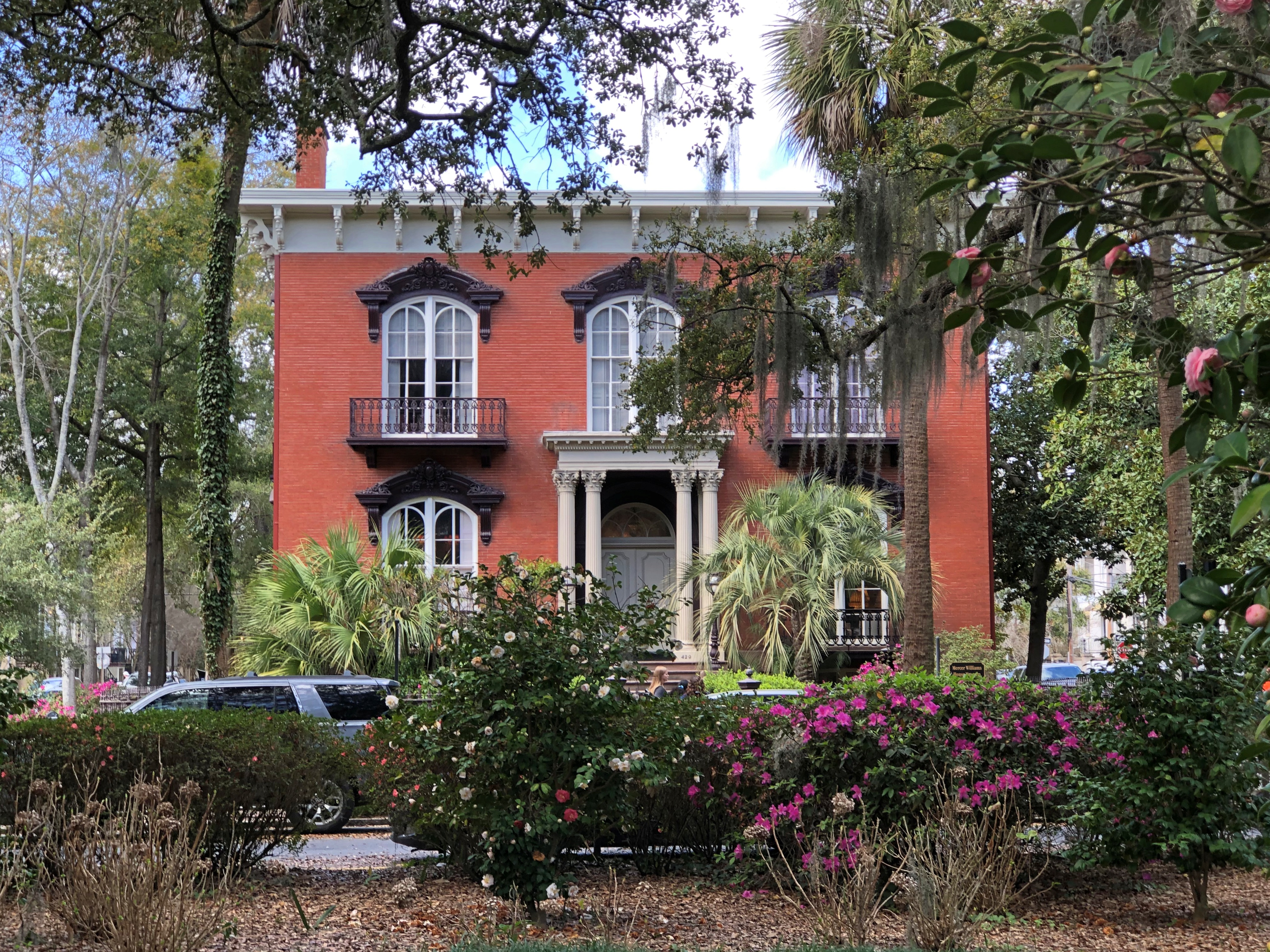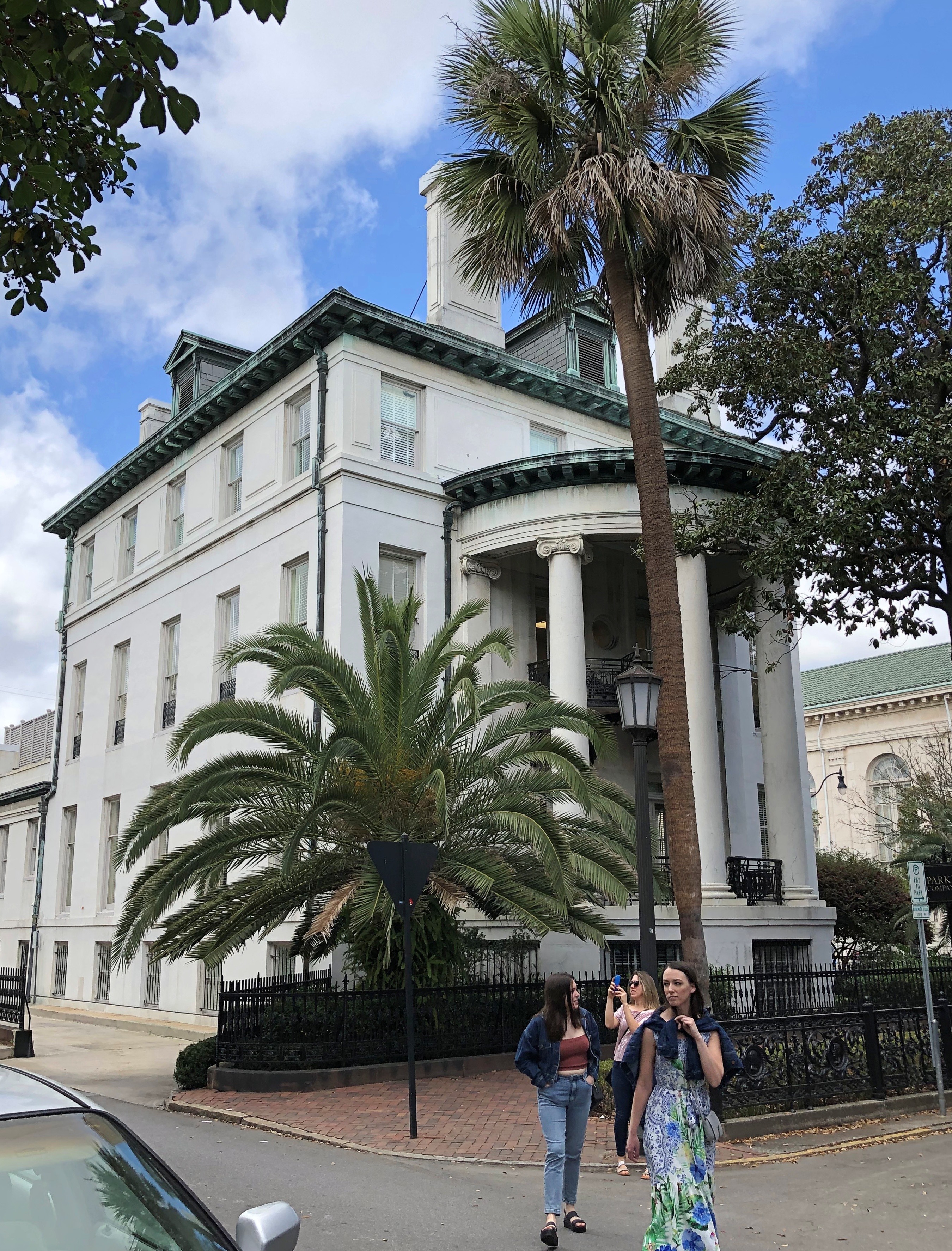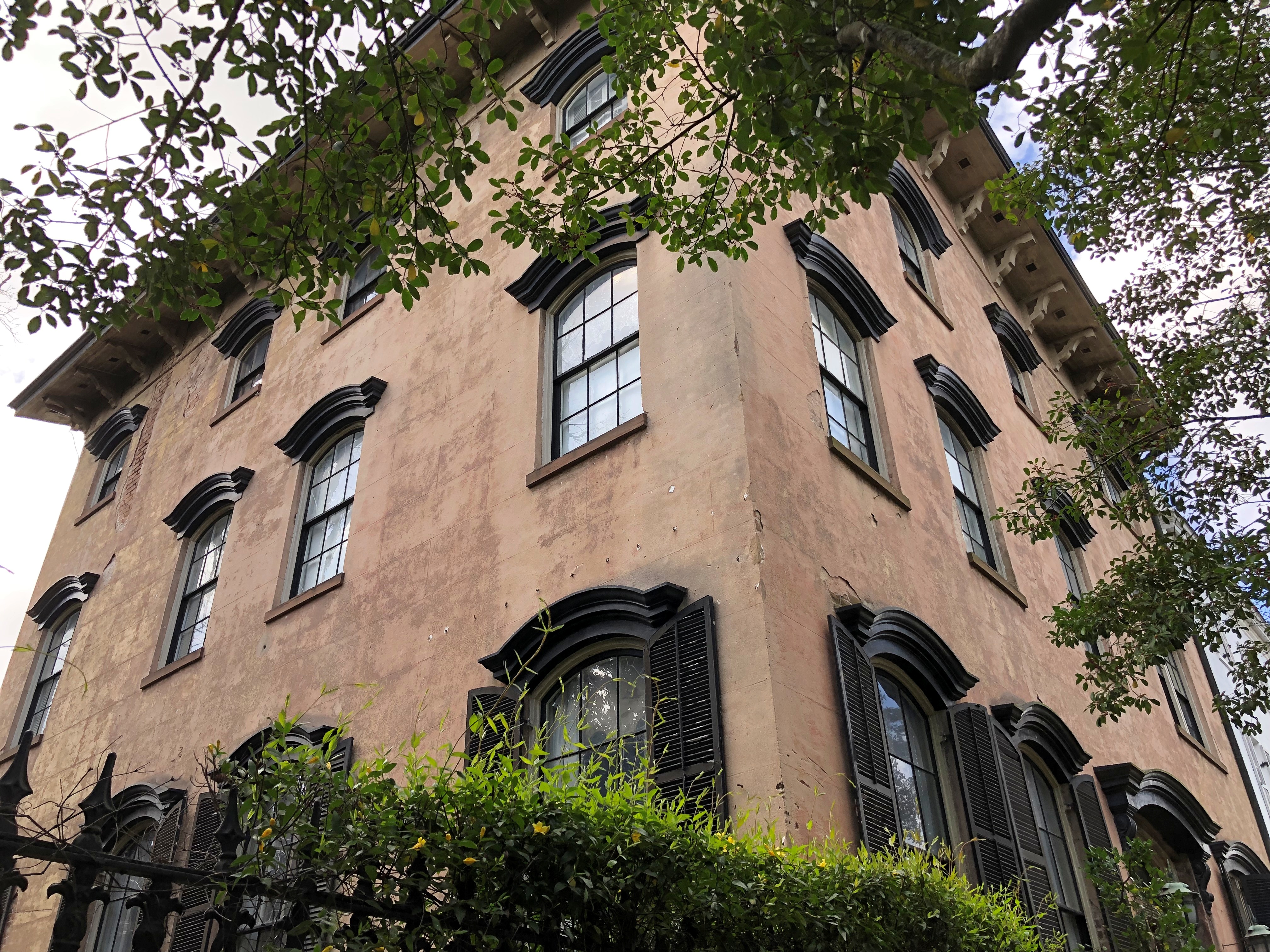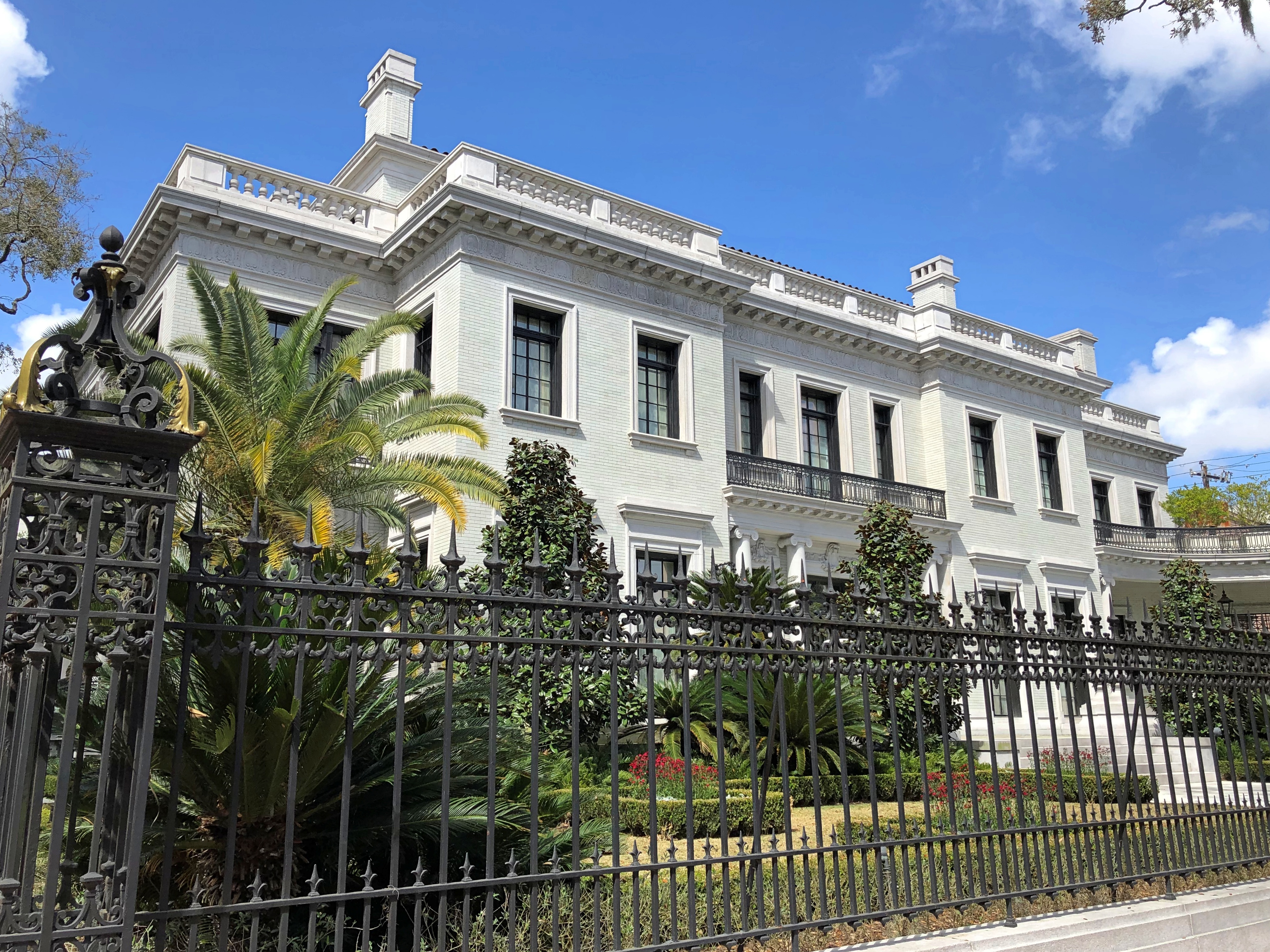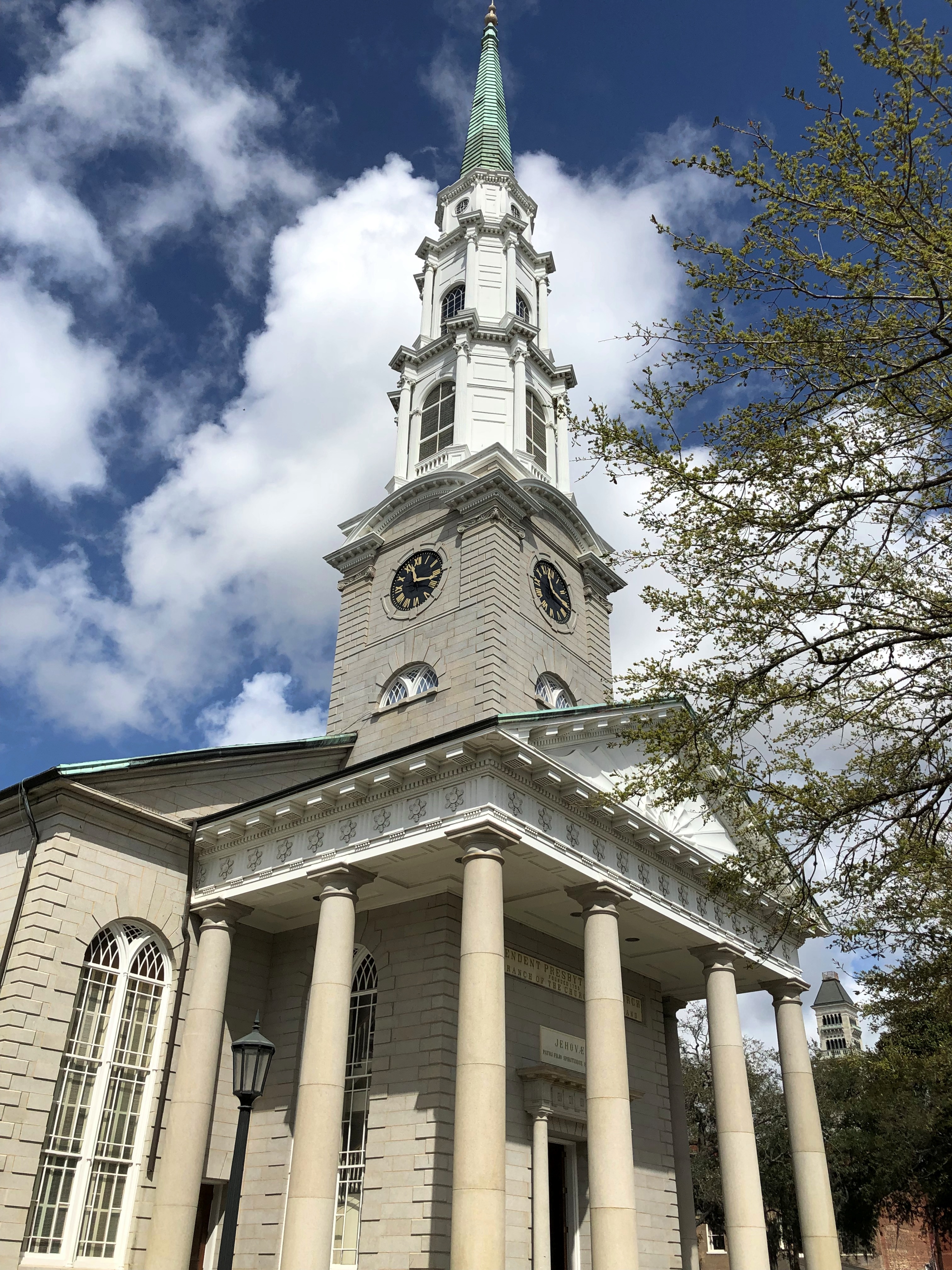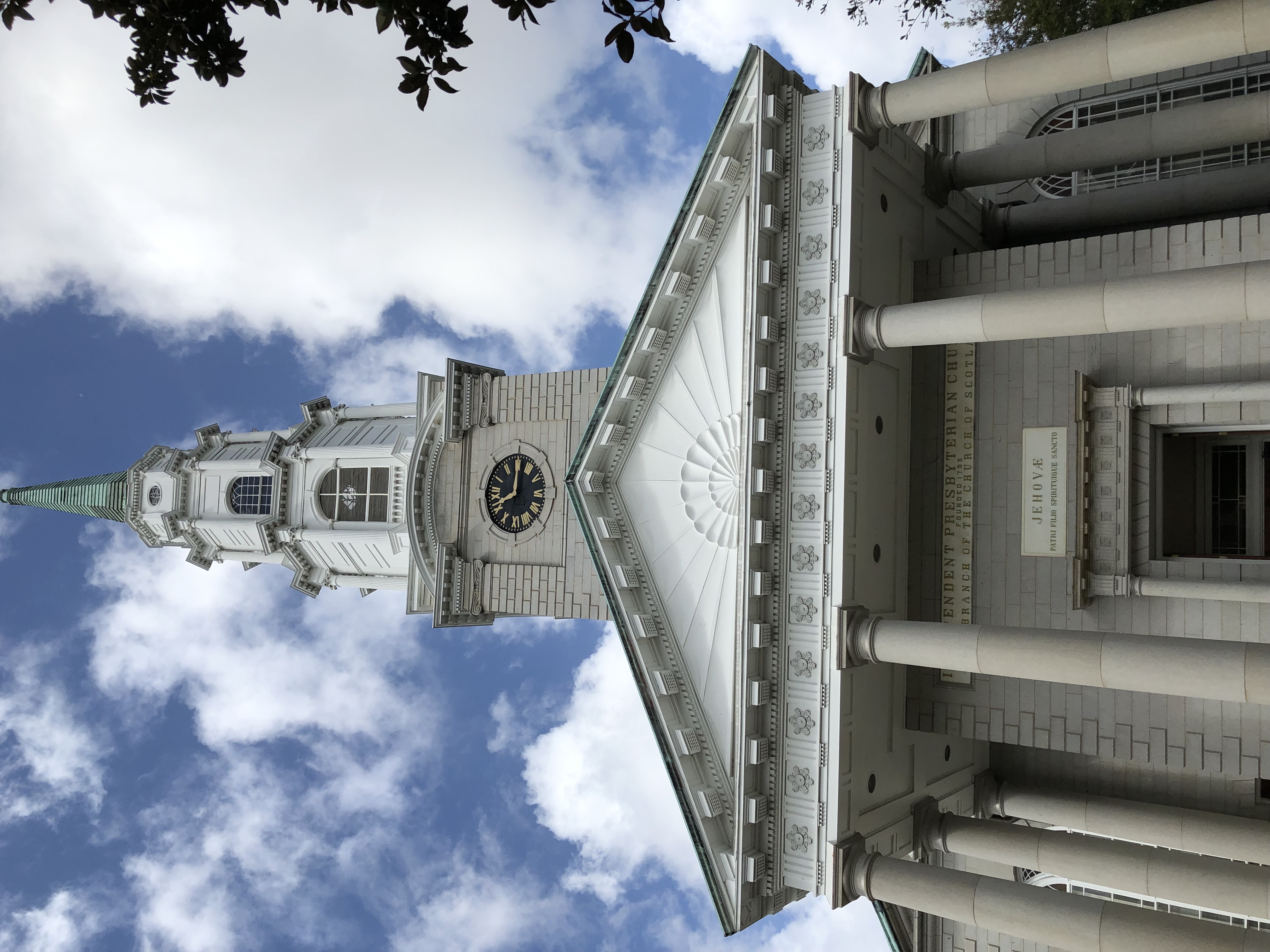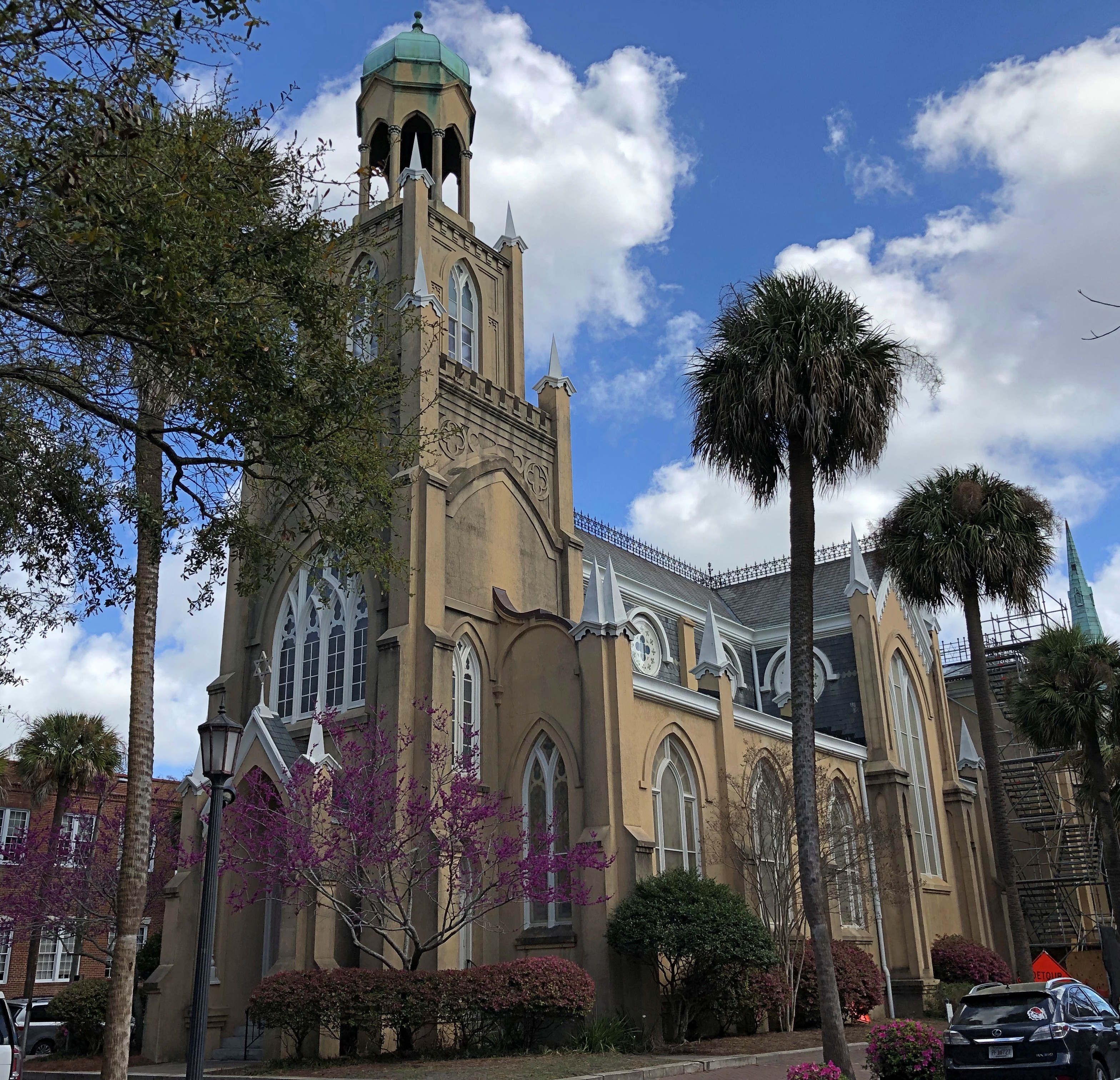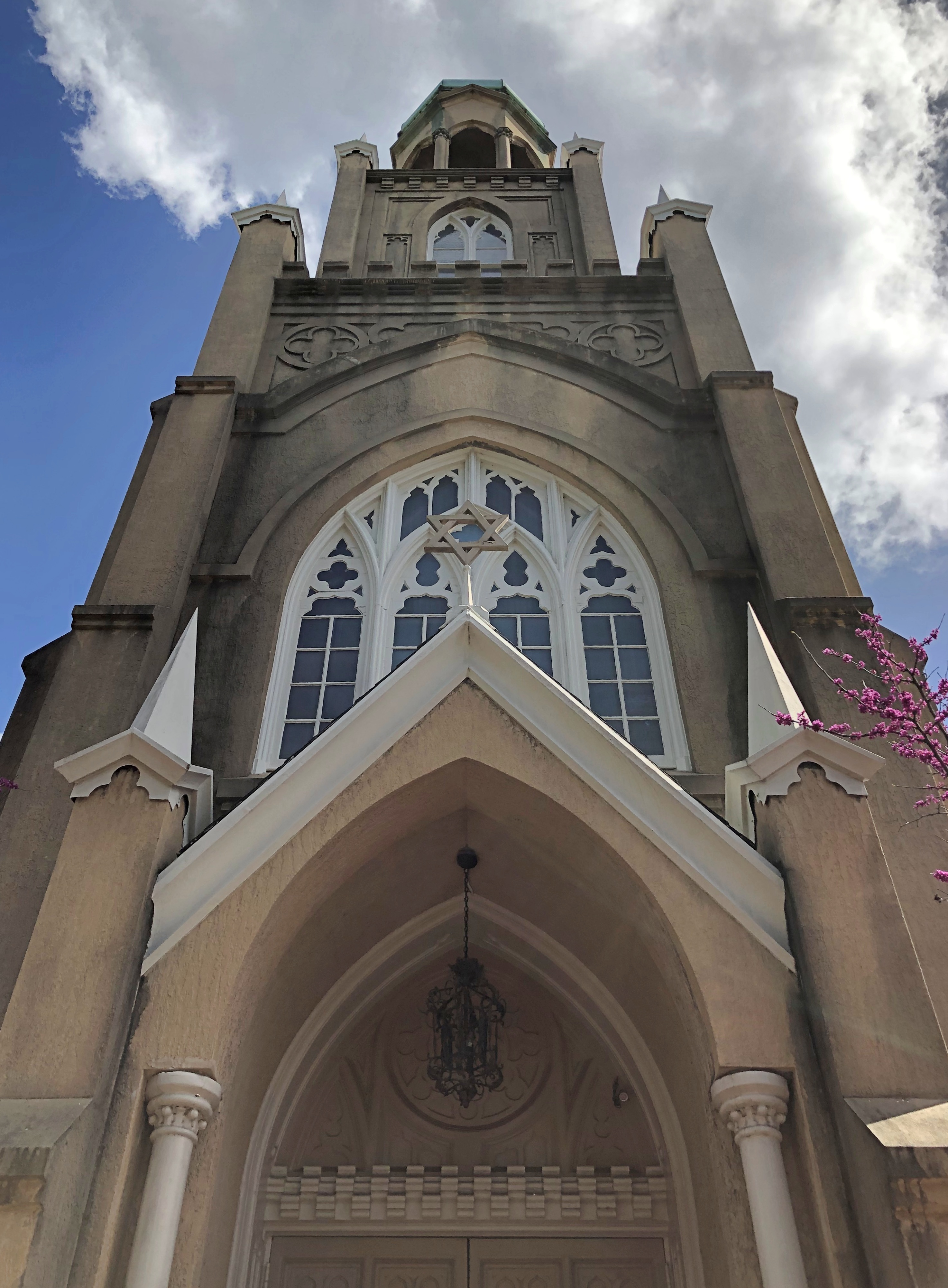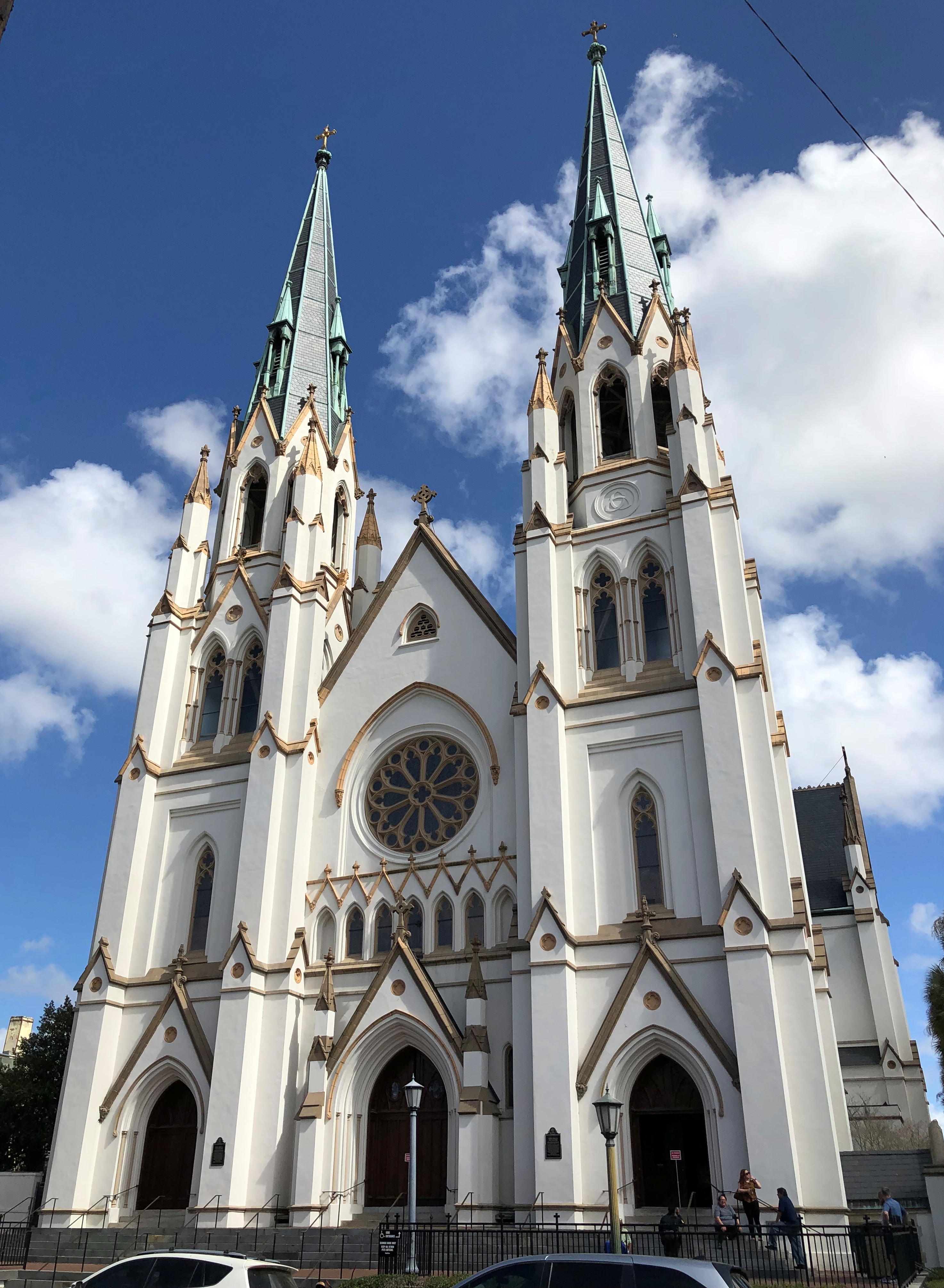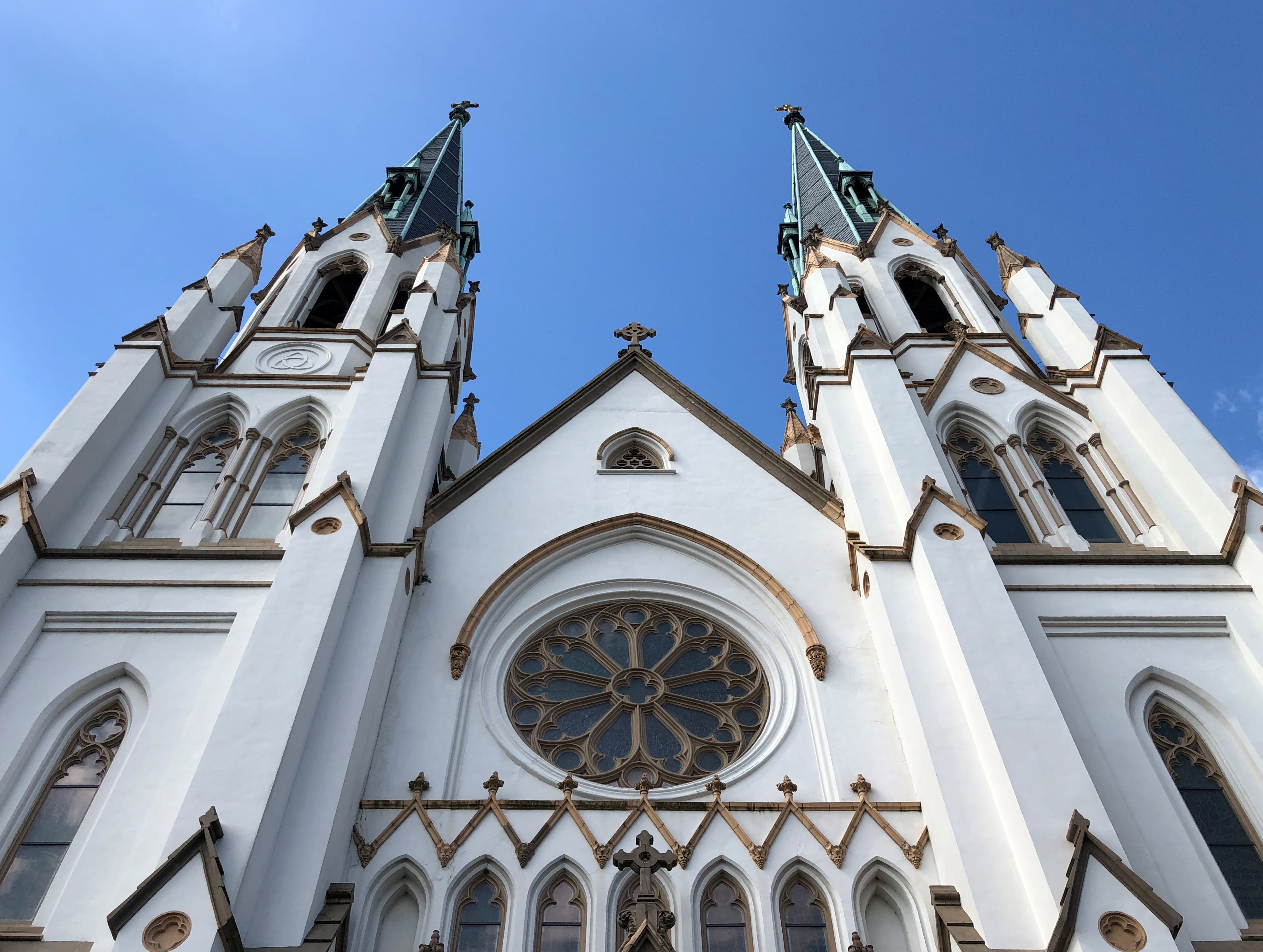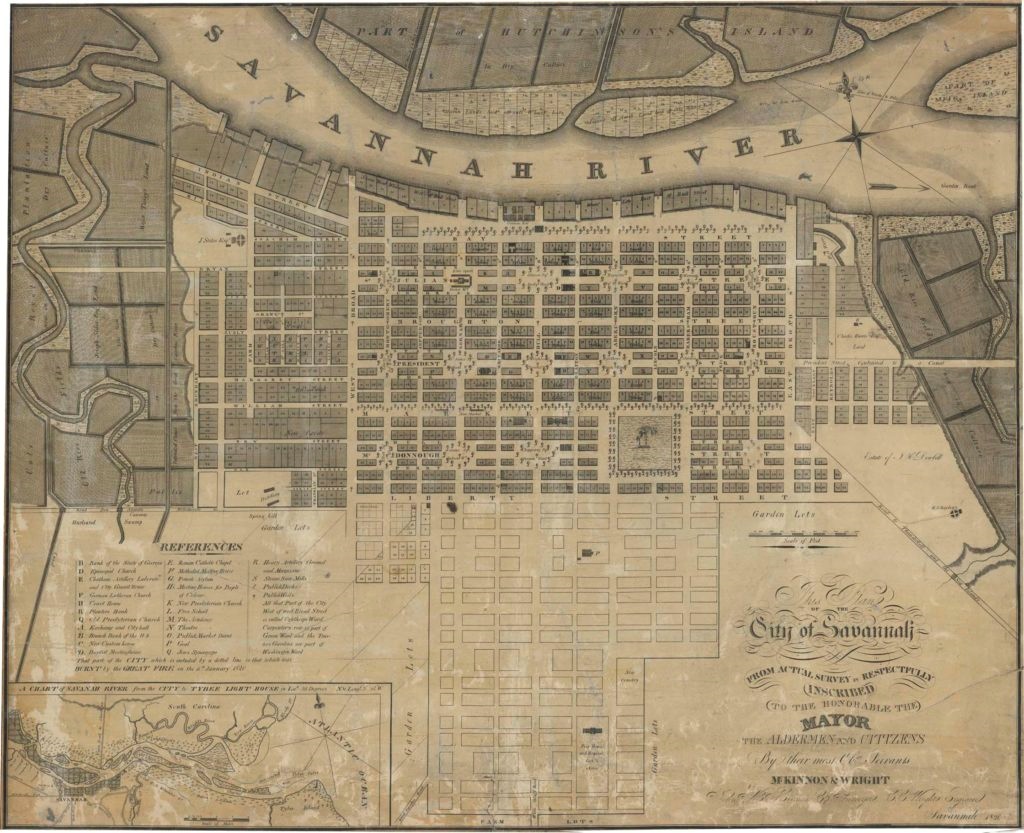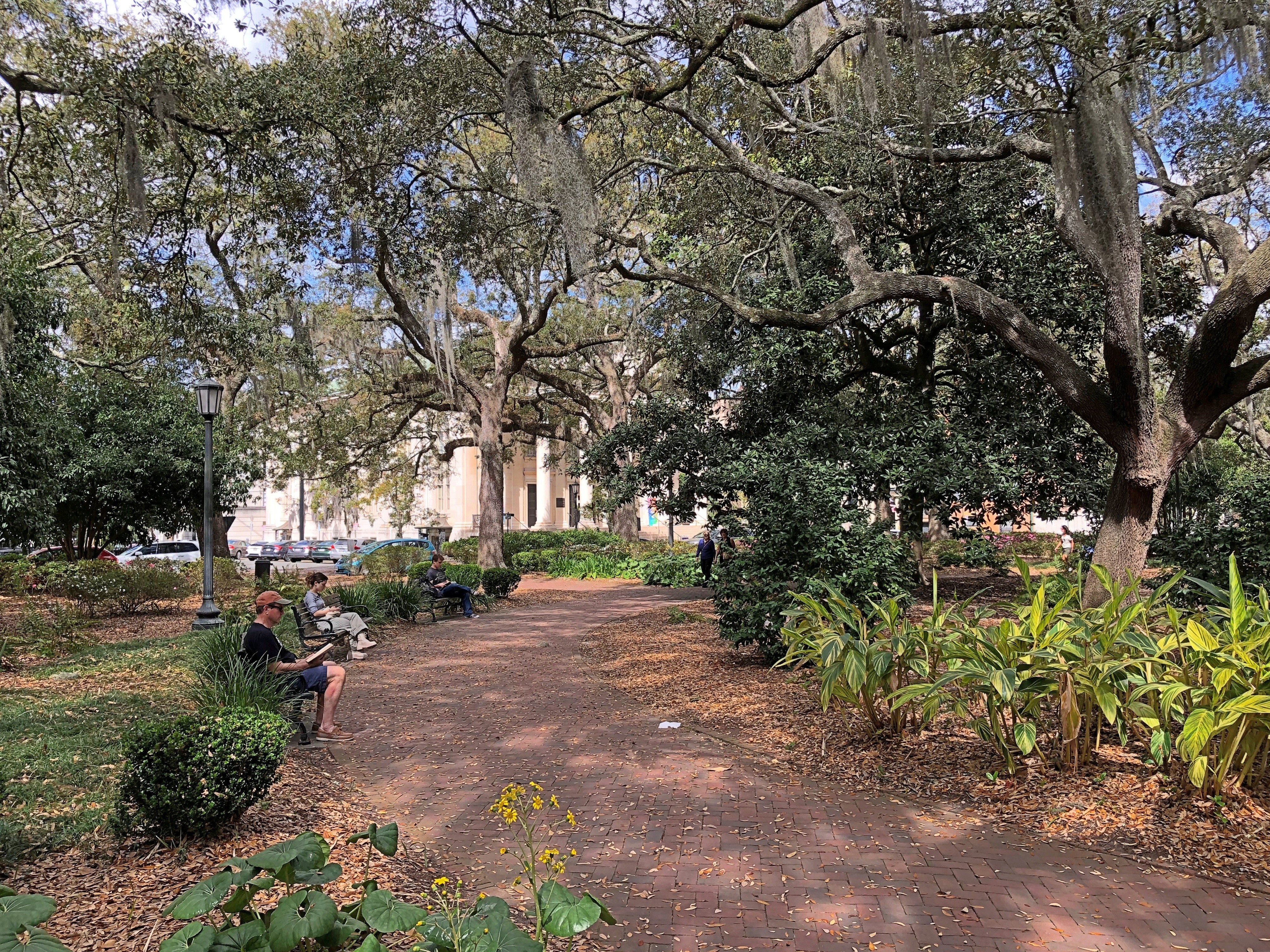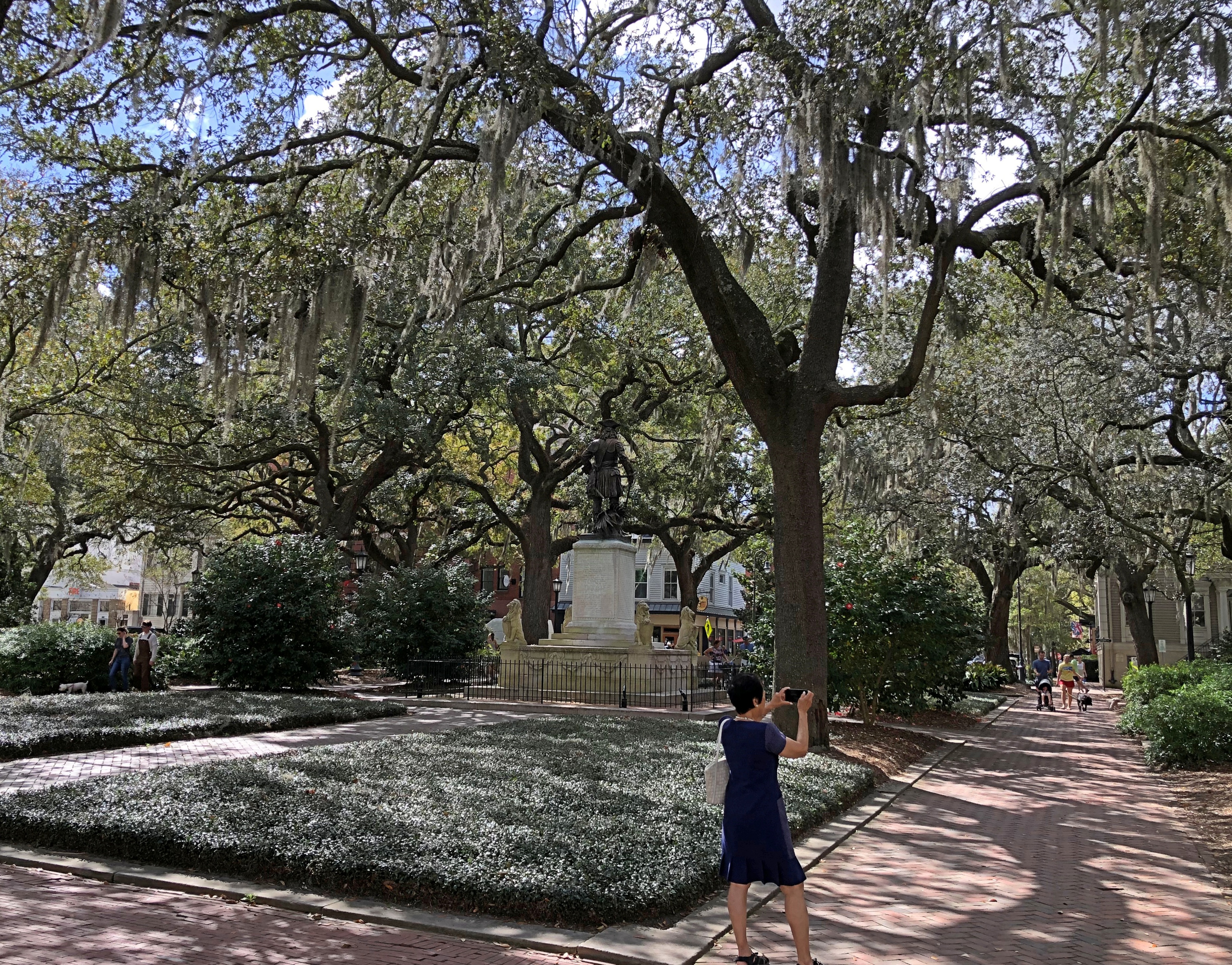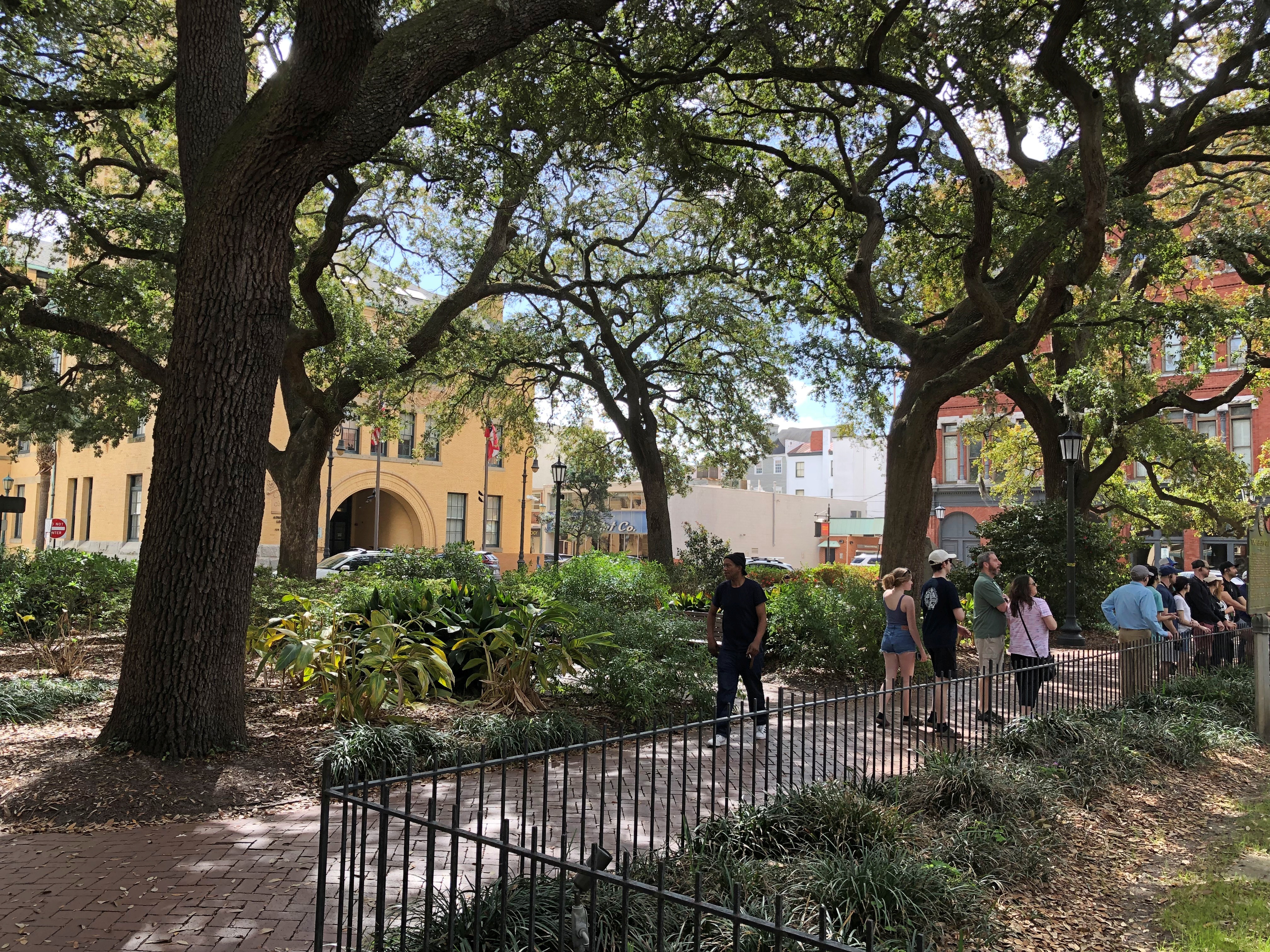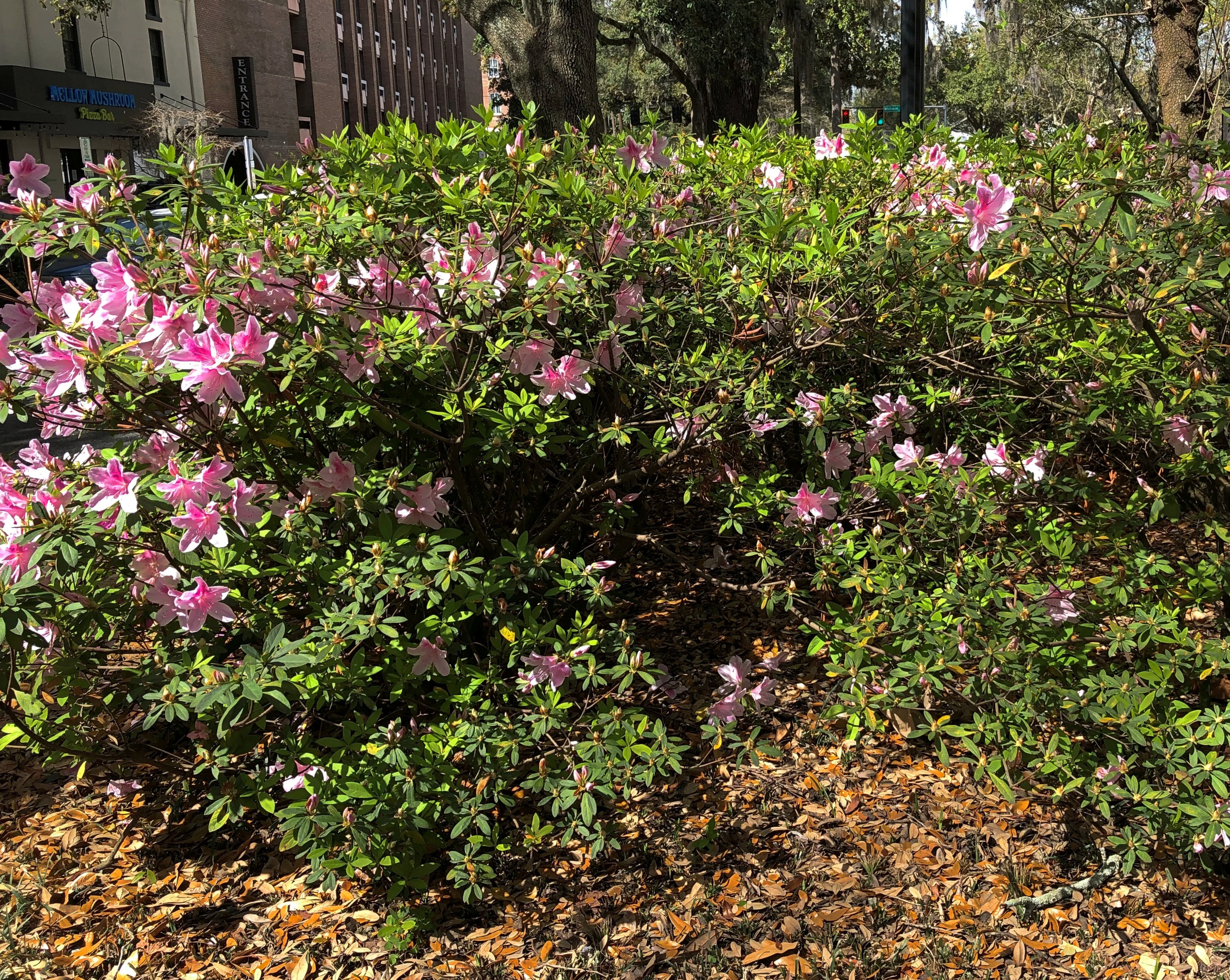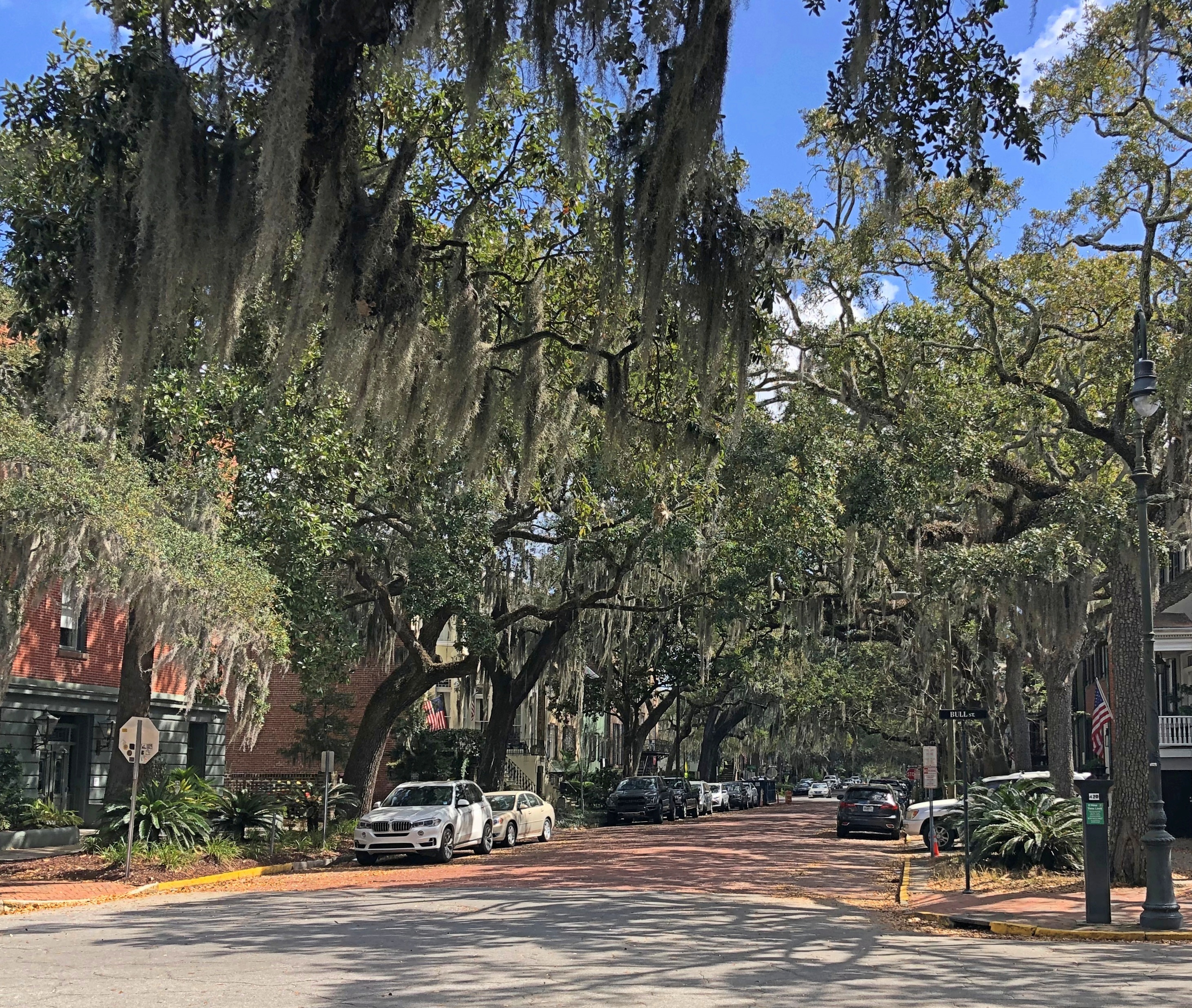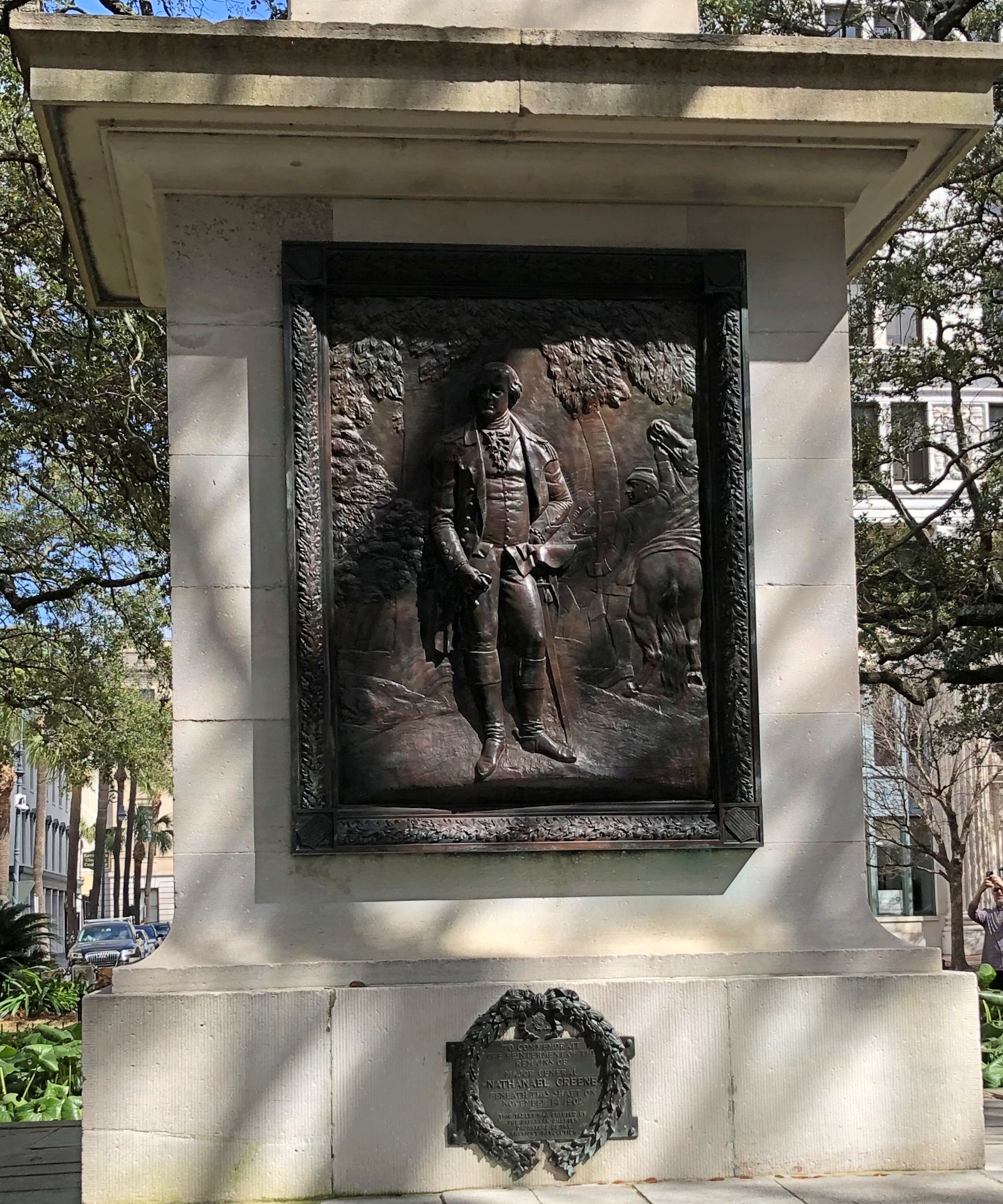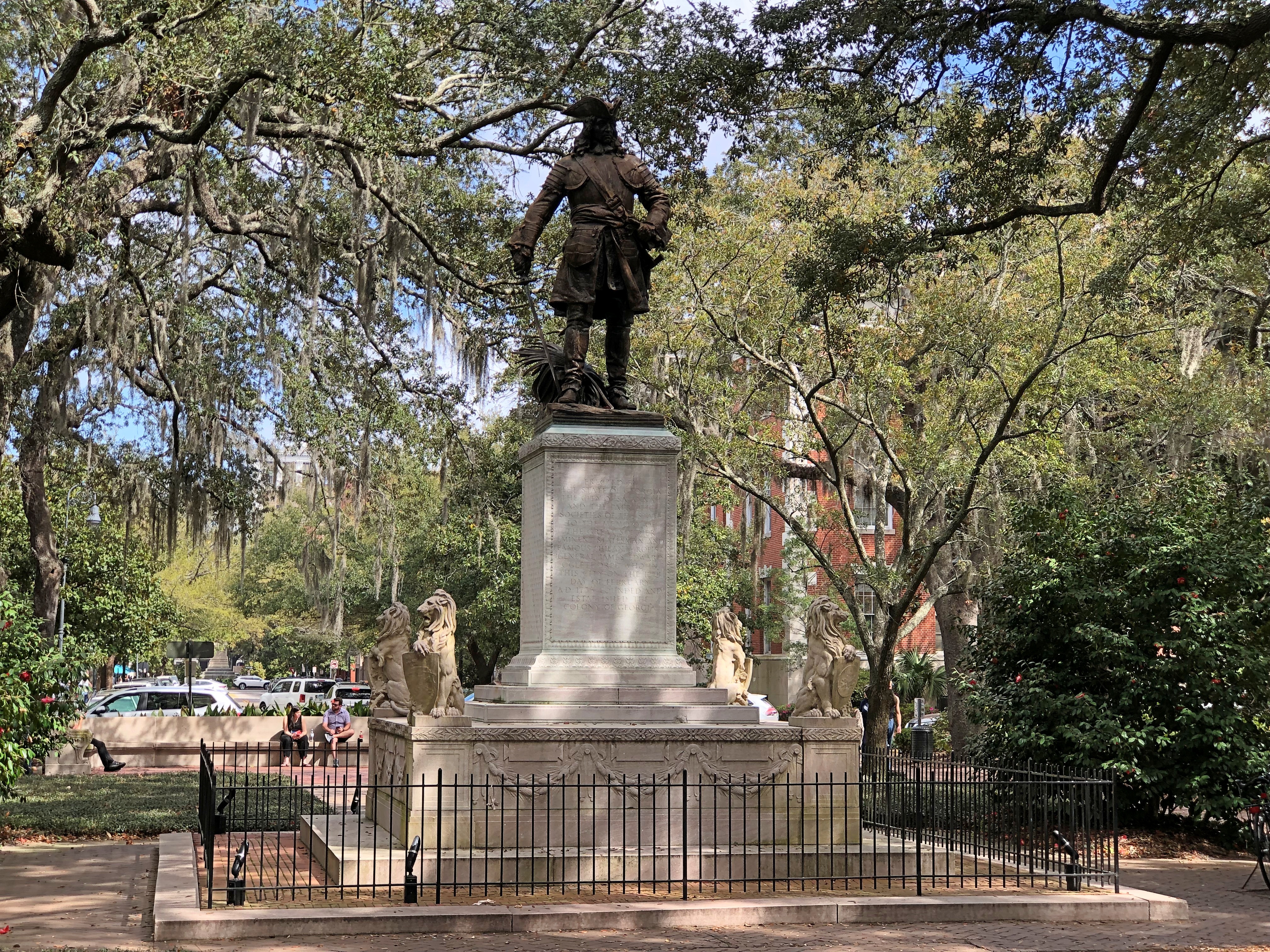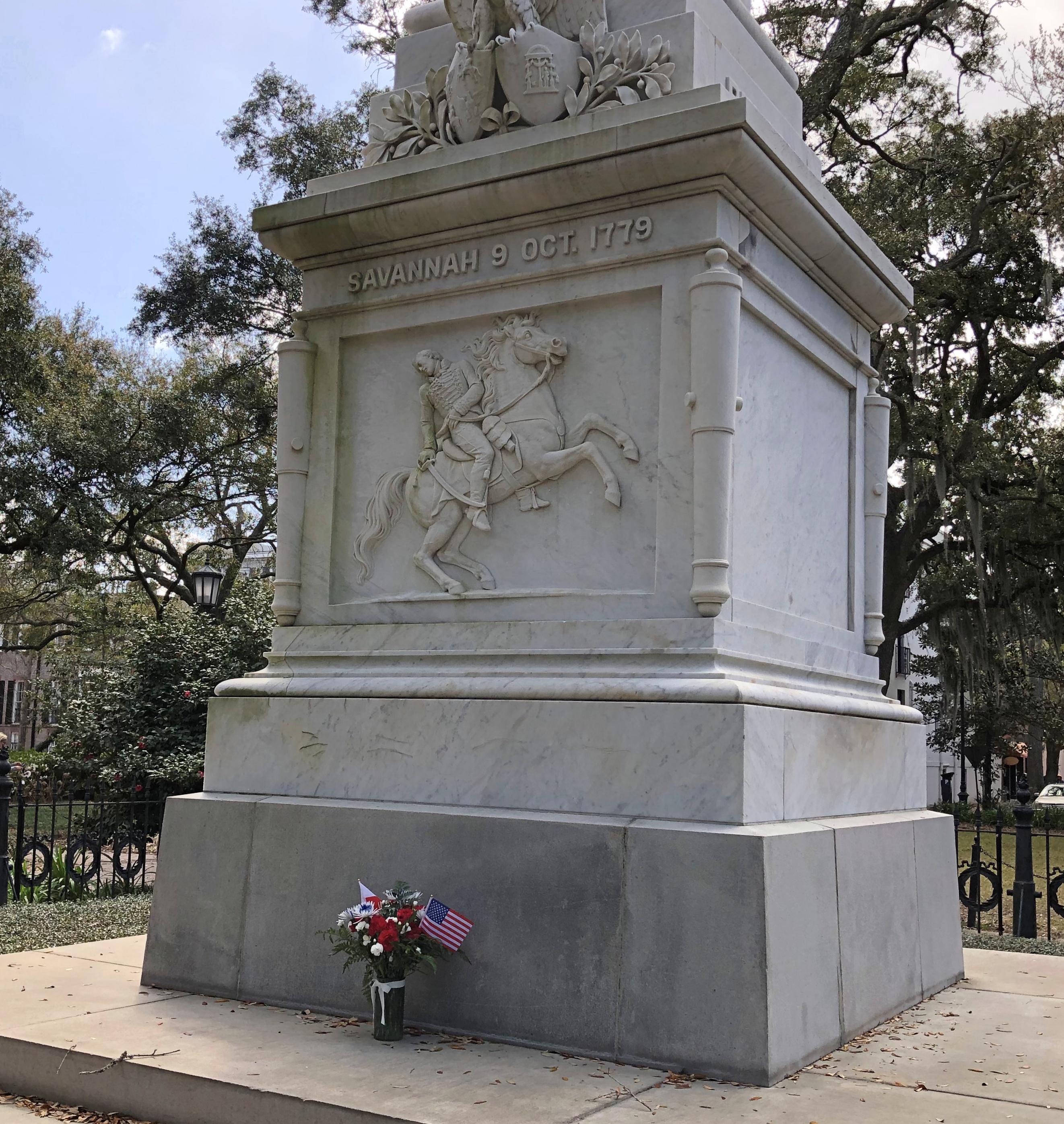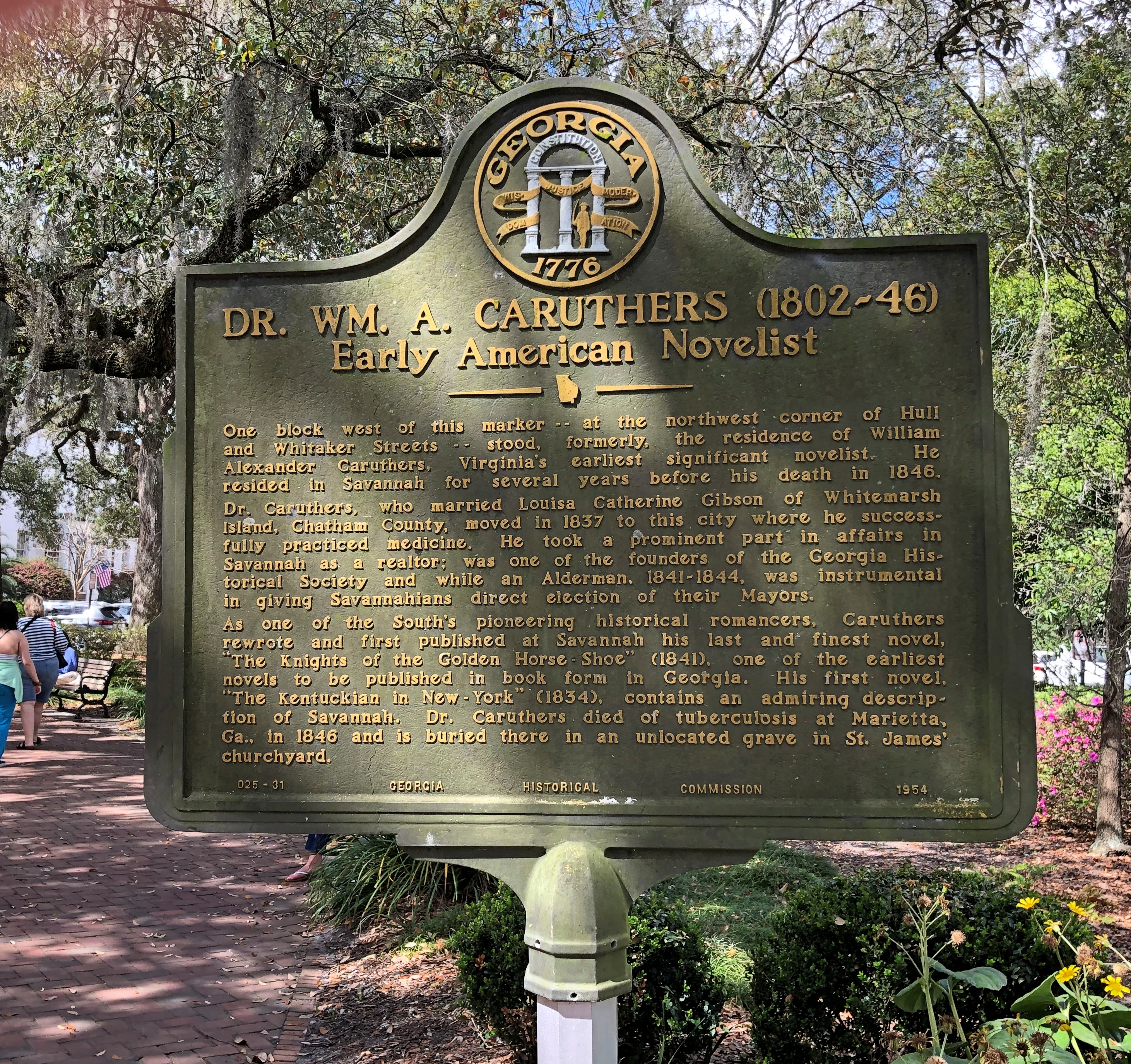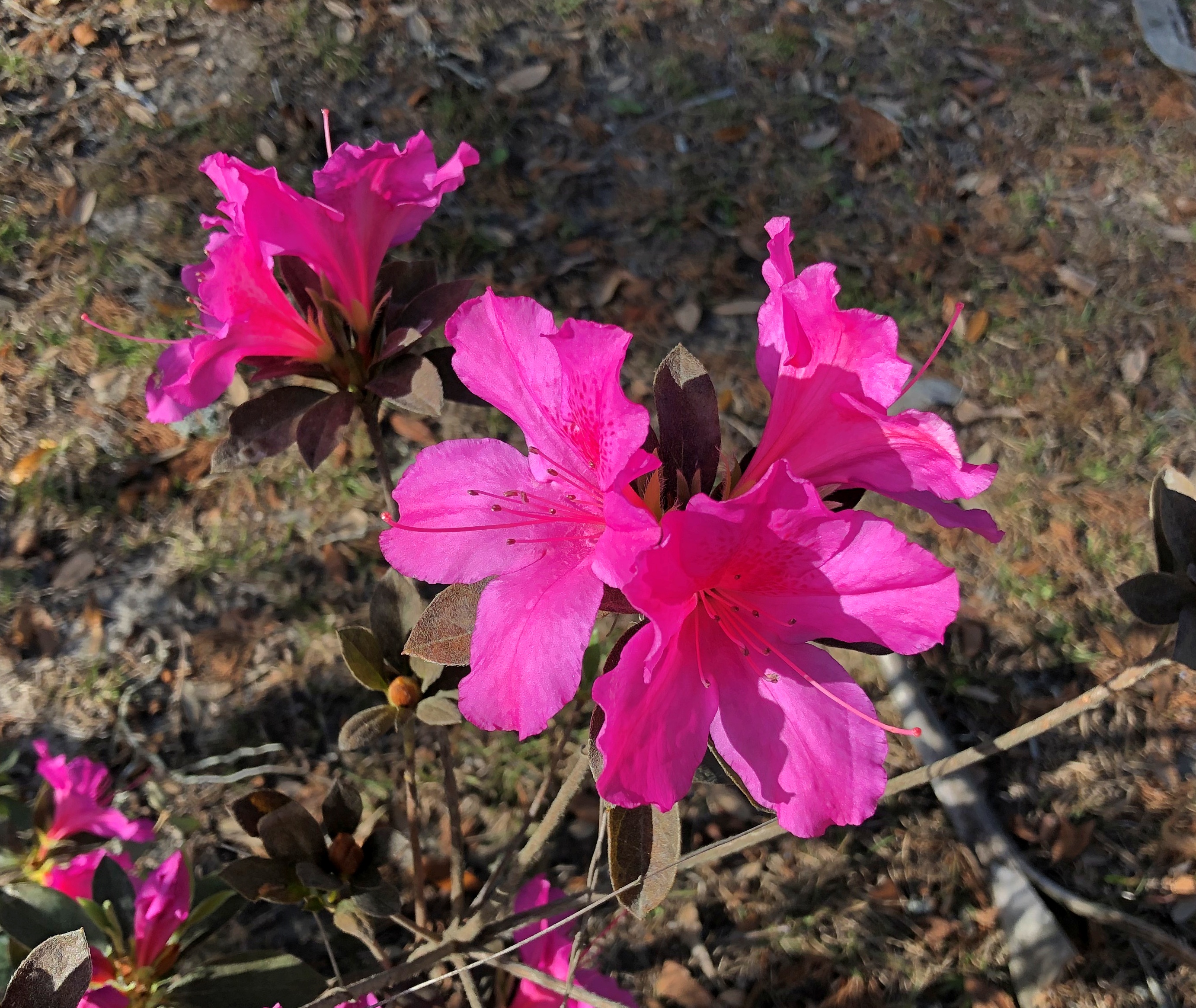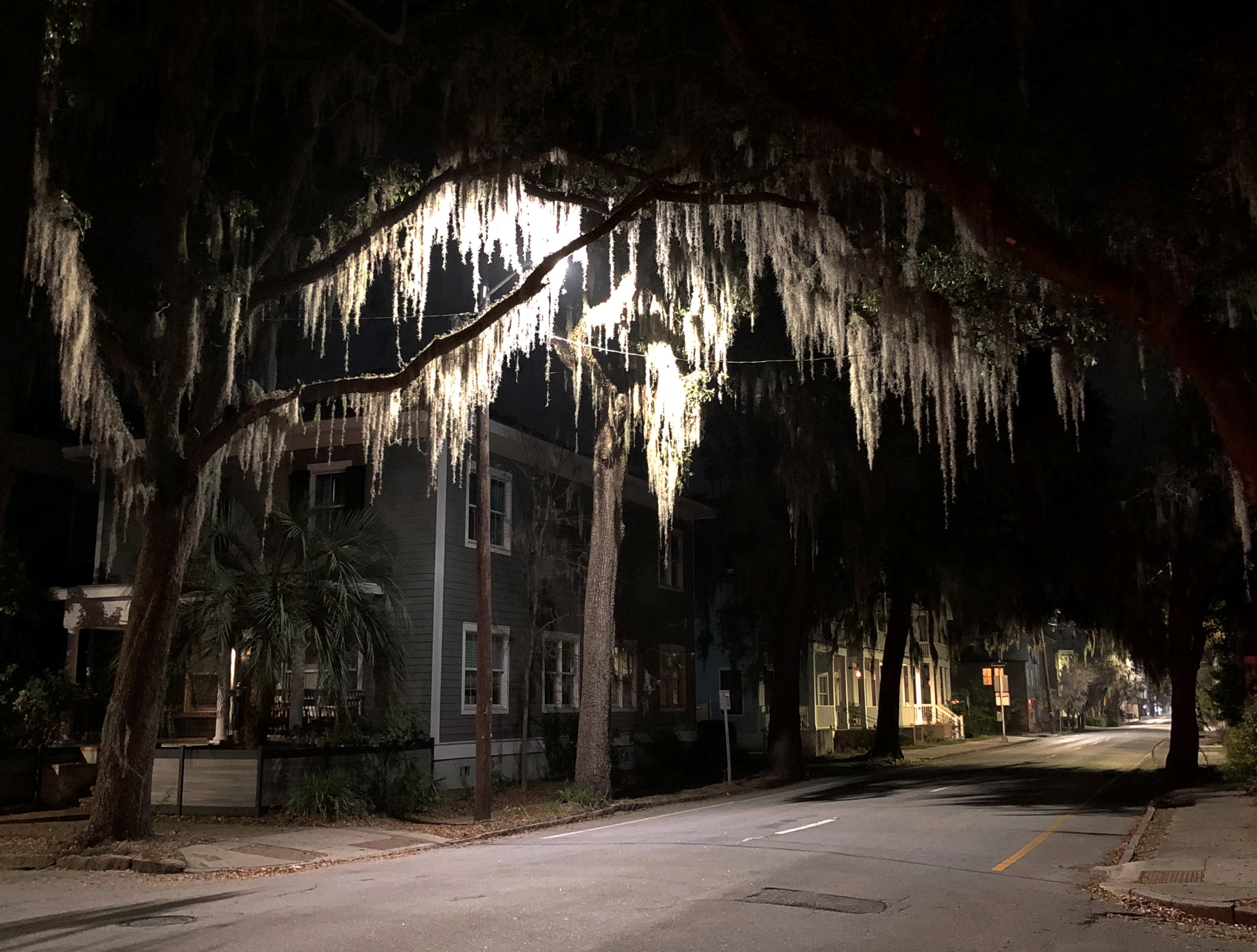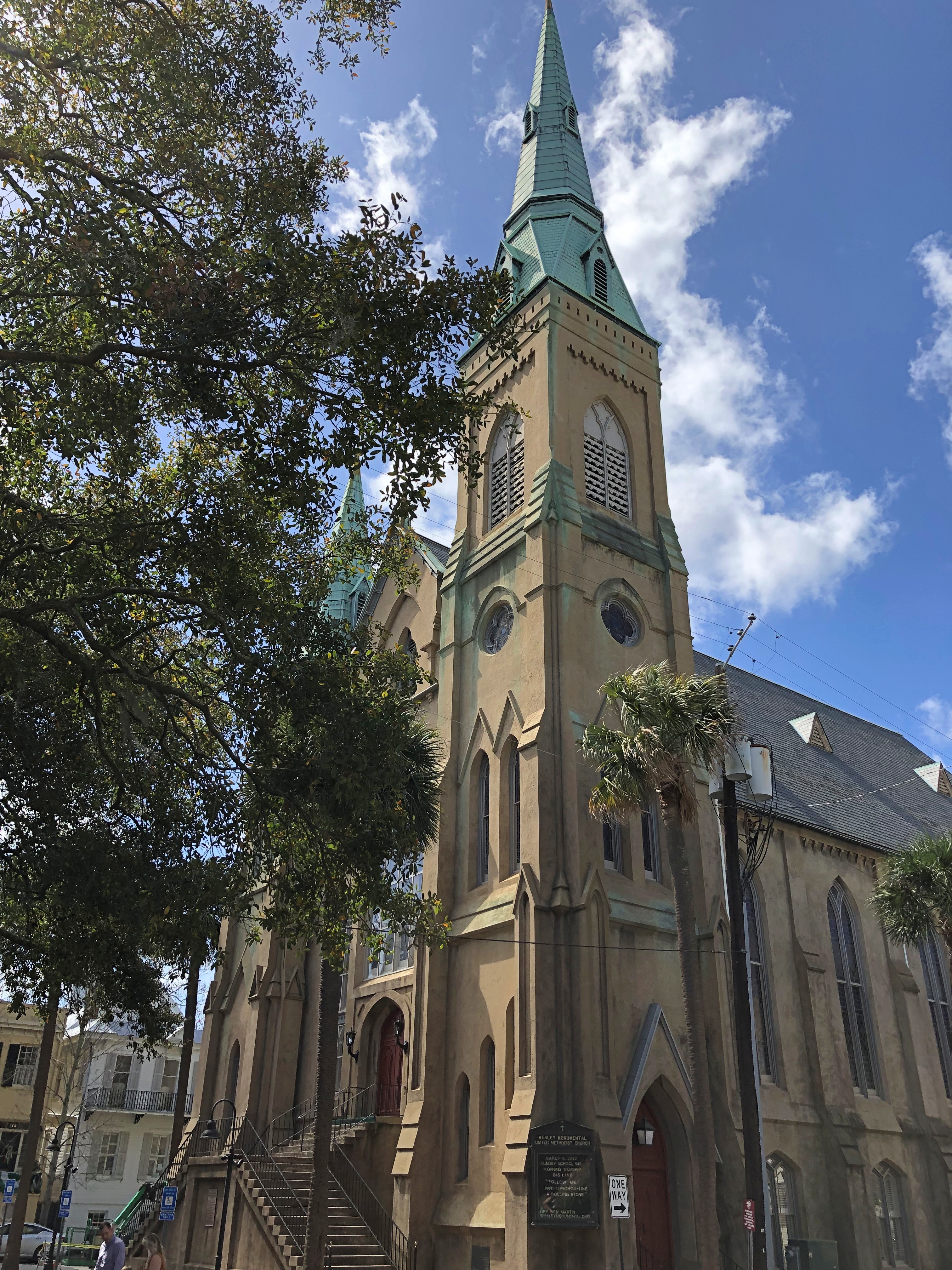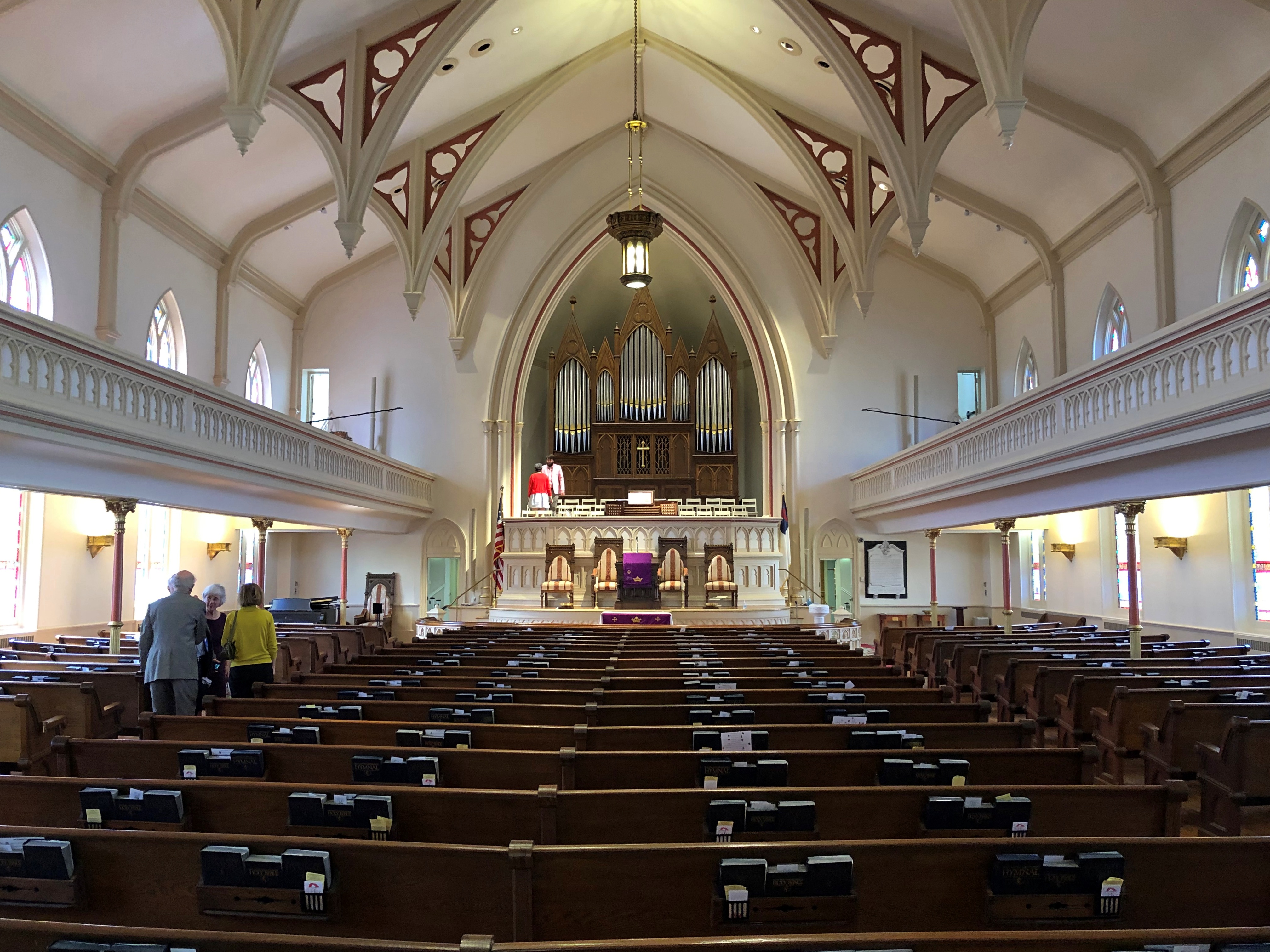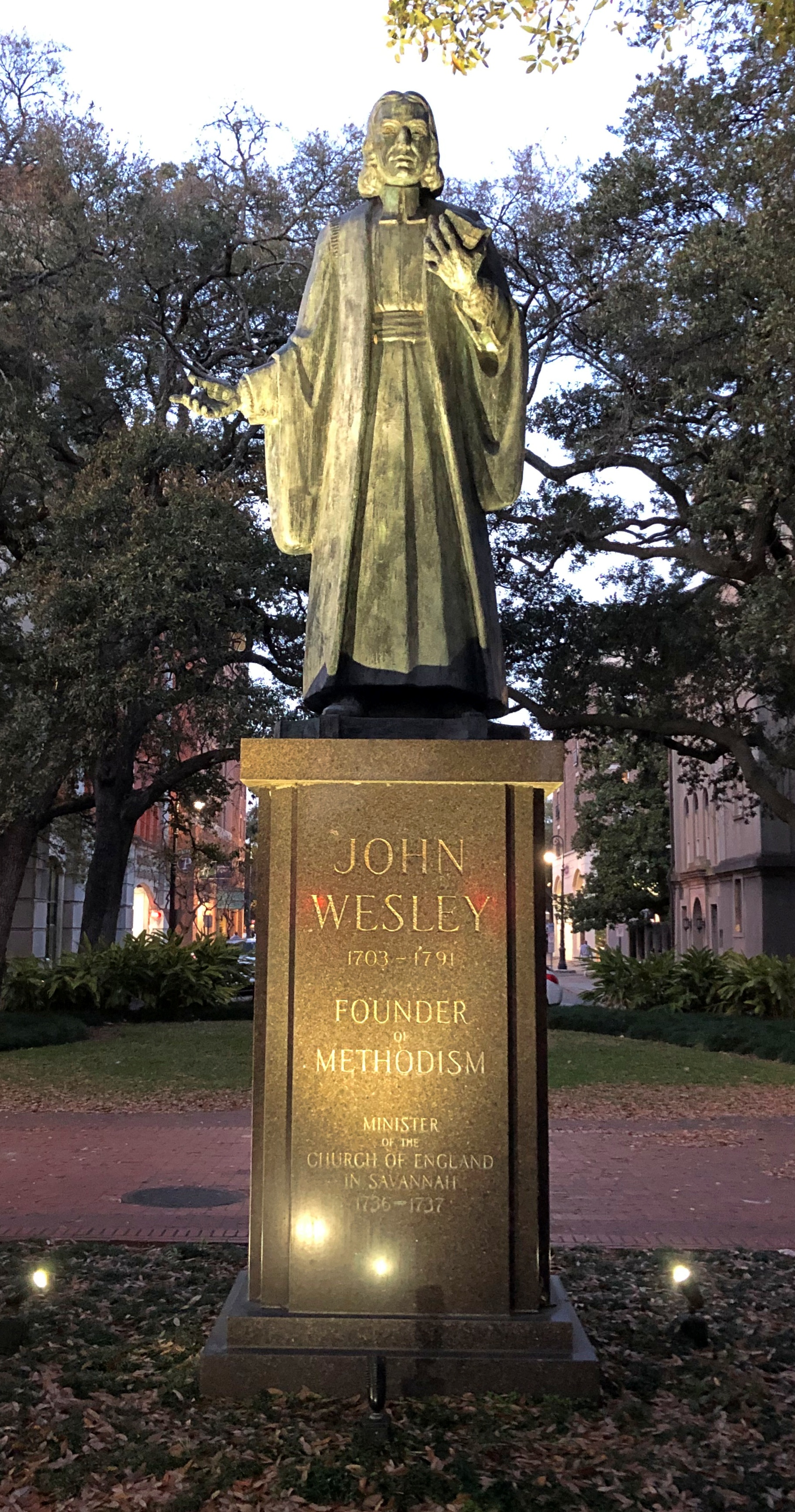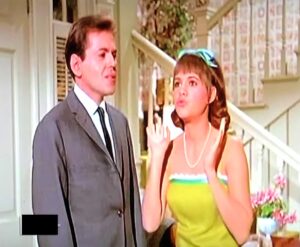 Today turned out to be an pleasant early spring day. There will be more winterish days to come, of course, and the nights are still chilly, but I’ll enjoy the warmth as much as I can. Had a very civilized lunch on the deck today, including casarecce and mussels, Greek olives and mineral water.
Today turned out to be an pleasant early spring day. There will be more winterish days to come, of course, and the nights are still chilly, but I’ll enjoy the warmth as much as I can. Had a very civilized lunch on the deck today, including casarecce and mussels, Greek olives and mineral water.
American schoolchildren learn, or at least used to learn, the story of the early 1862 battle between the Monitor and the Virginia (a.k.a., the Merrimack, which does have a euphonious ring when paired with the Monitor). That incident demonstrated the vulnerability of wooden hulls to armored ships, and the navies of the world took note. That was my takeaway about the Battle of Hampton Roads.
I don’t remember ever being taught about Fort Pulaski, which is on Cockspur Island in the Savannah River, and whose short siege, only about a month after Hampton Roads, revolutionized warfare in its own way. If I ever learned that before, I’d forgotten. So I relearned it by visiting Fort Pulaski National Monument outside Savannah on the morning of March 7.
“On April 10 [1862], after the Confederates refused [Union Capt. Quincy] Gillmore’s formal demand to surrender, the Federals opened fire,” the NPS Fort Pulaski leaflet says. “The Confederates were not particularly alarmed; the Union guns were a mile away, more than twice the effective range for heavy ordnance of that day.
“But what the fort’s garrison did not know was that the Federal armament included 10 new experimental rifled cannons, whose projectiles began to bore through Pulaski’s walls with shattering effect.”
Before long, within about a day, explosive shells were hitting near the fort’s main powder magazine, and the Confederate commander, Col. Charles Olmstead, surrendered. Though state-of-the-art when constructed in the 1830s and ’40s, the brick fort proved in 1862 to be as obsolete as wooden-hulled ships. Armies of the world took note.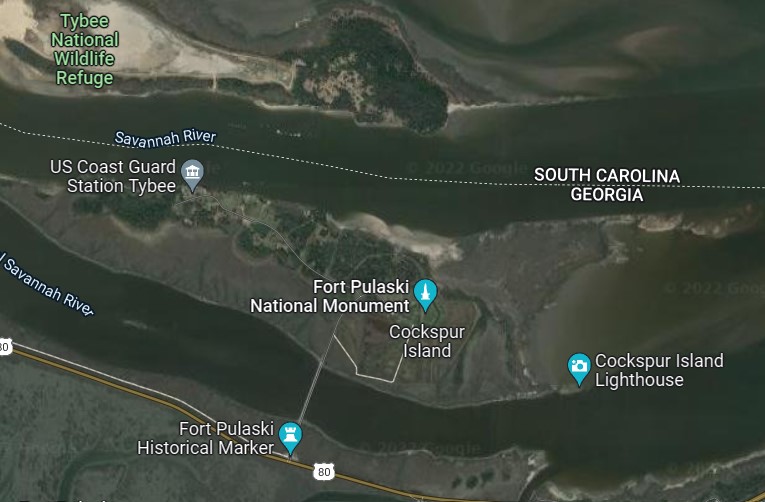
Whatever its role in the history of warfare, Fort Pulaski is a cool relic here in the 21st century. Built of an estimated 25 million bricks, the NPS says, and restored in the 20th century by none other than the energetic lads of the CCC. We arrived via the causeway that crosses to Cockspur Is. and soon approached the fort. Which has a moat.
How often do you get to say you’ve crossed a moat on a drawbridge?
Though vulnerable to new cannon tech in the 1860s, the fort’s thick walls are impressive all the same.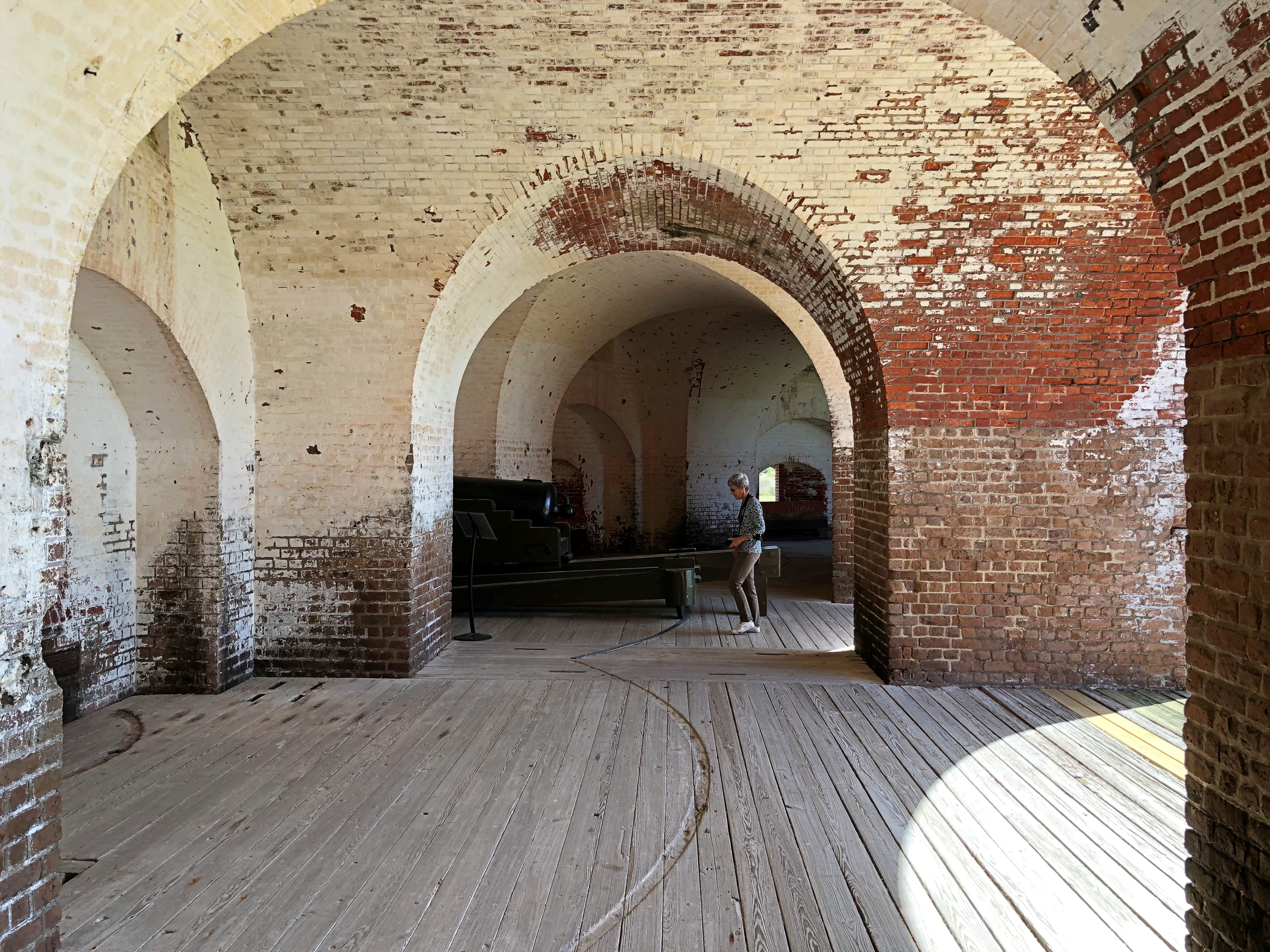
On one of the ceilings, some Union garrison soldiers — who had little to do, since the Confederacy never tried to take the fort back — left some patriotic graffiti.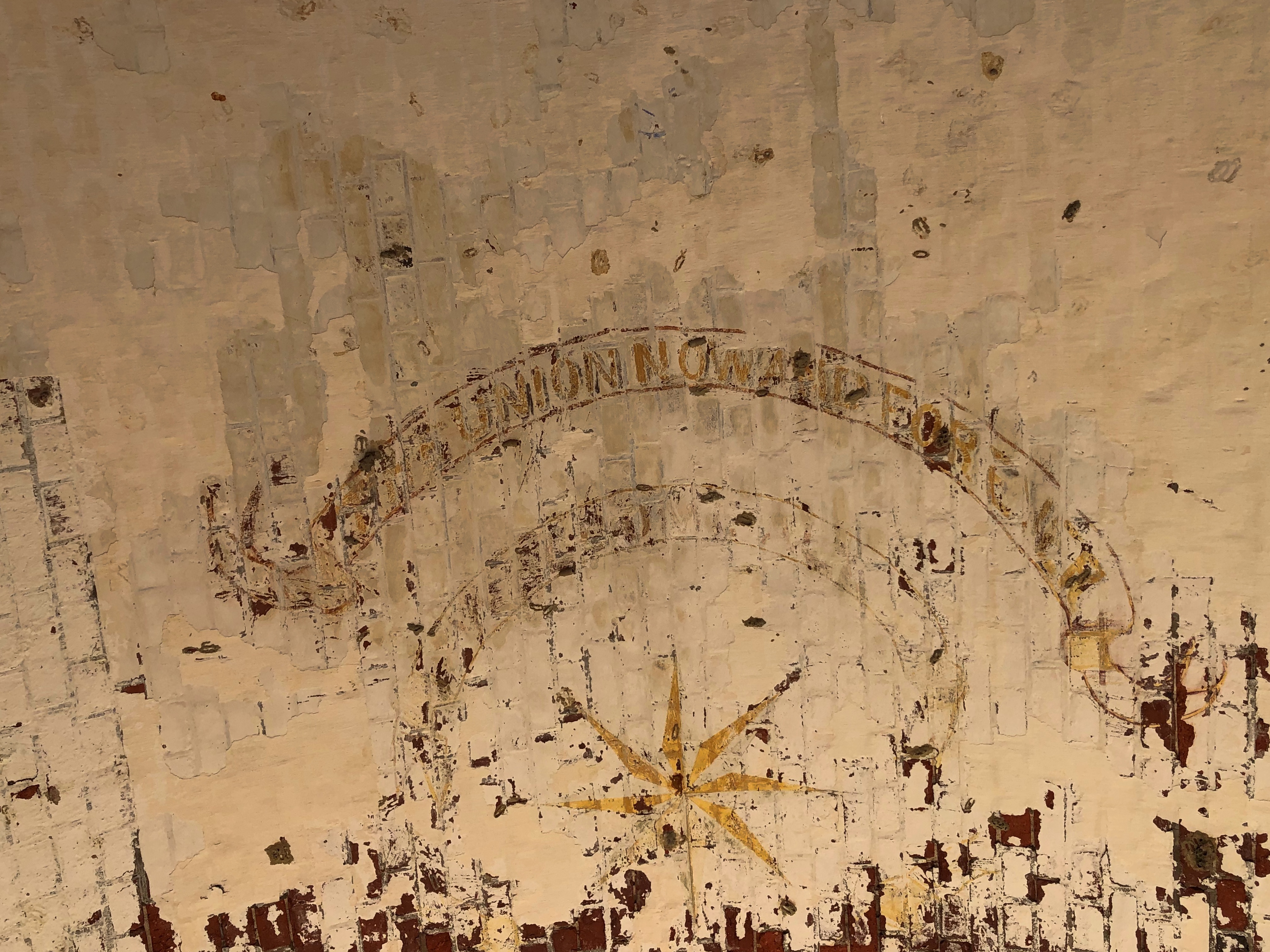
It’s a little hard to read, but includes a star and says THE UNION NOW AND FOREVER.
This is the entrance to the powder magazine that was in danger of blowing up real good during the bombardment.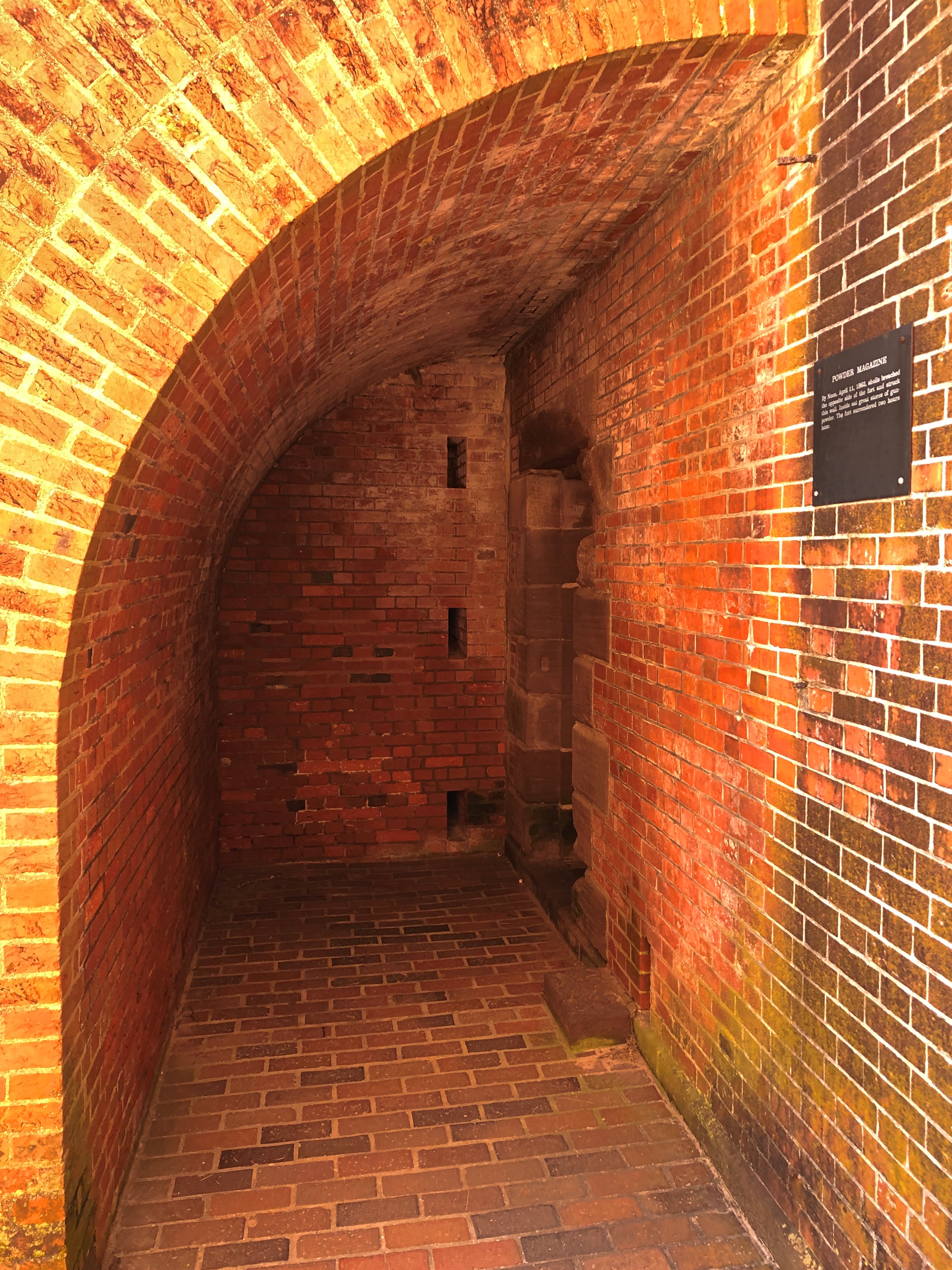
The five walls enclose a sizable bit of ground.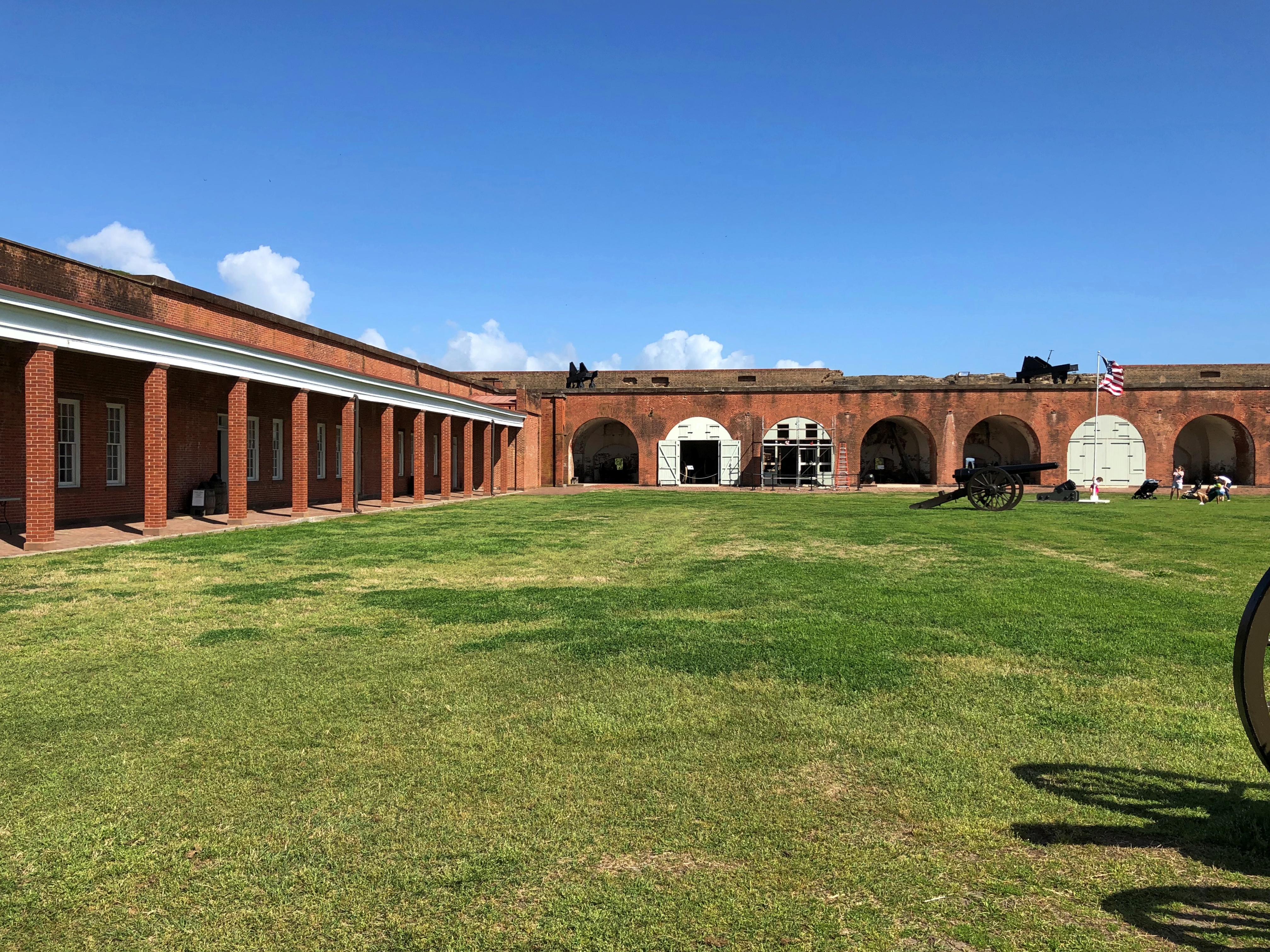

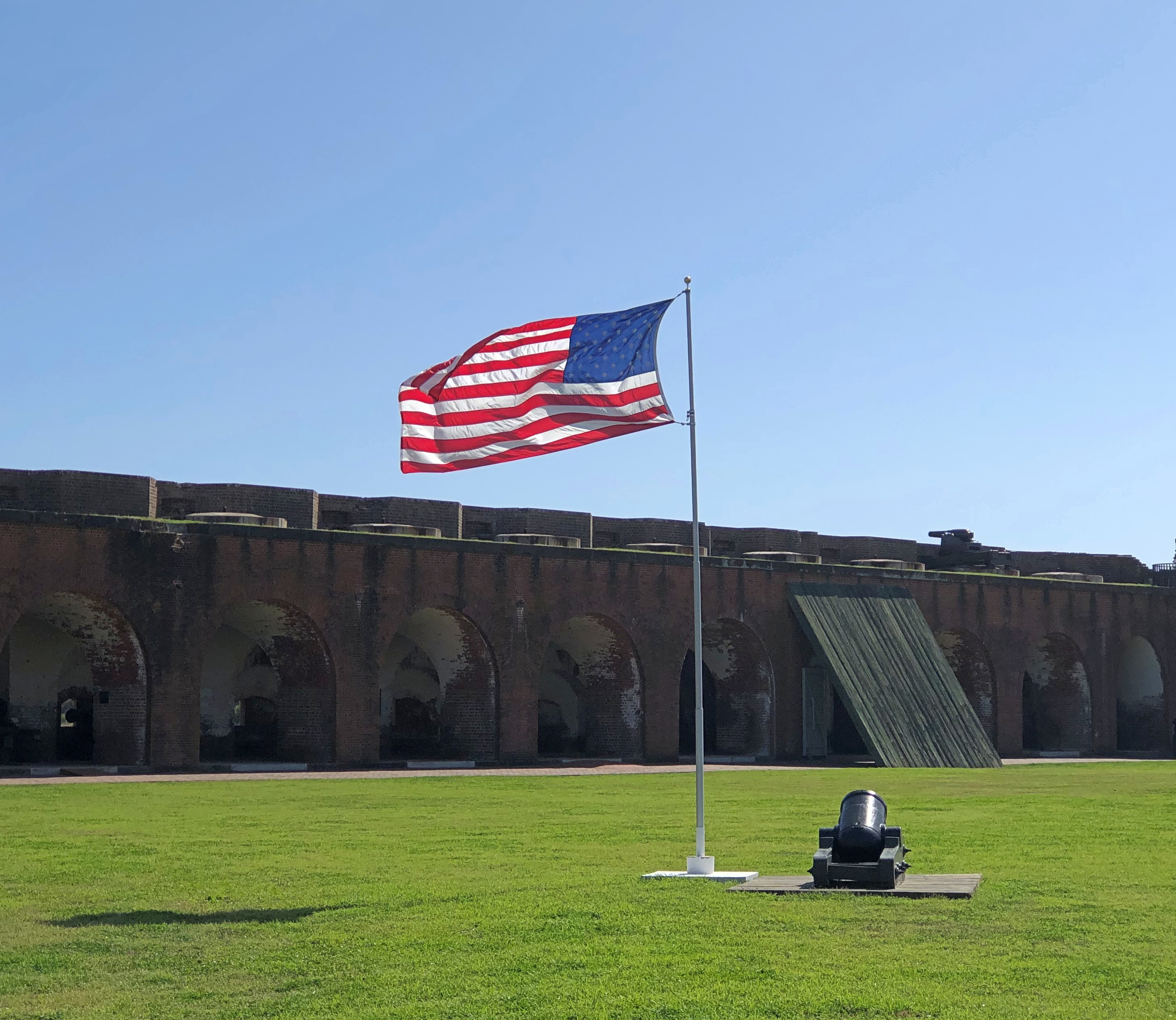
Most of the monument’s exhibits are inside the walls, including ones about ordinary soldiers’ quarters, the commanding officer’s quarters (definitely better), the infirmary, the chapel, how the garrison entertained itself (considering that leave in Savannah was out of the question) and more.
A good many cannons still stand at the fort, ready to greet the tourists who show up.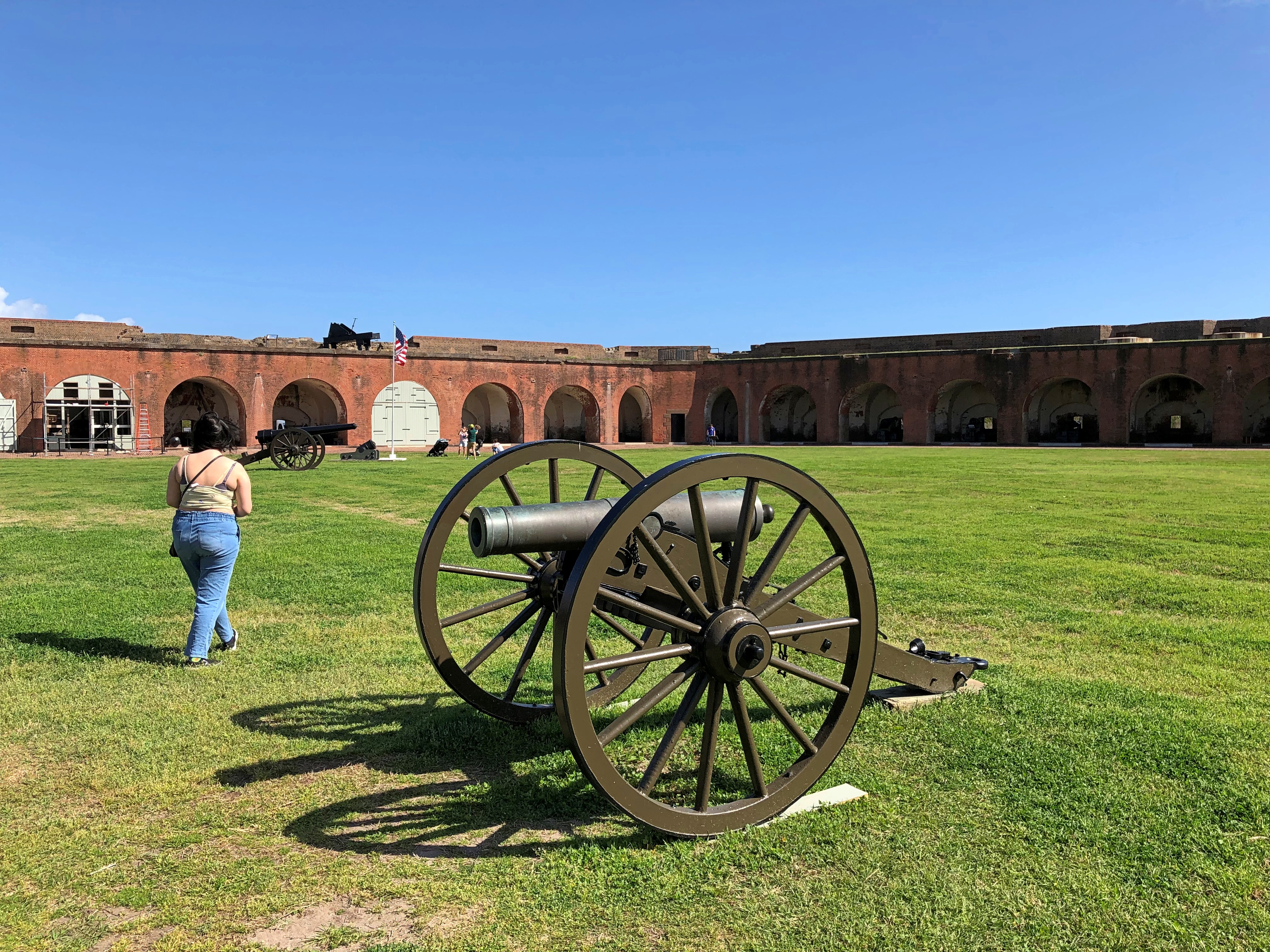
A plate on the cannon below indicated that it was made by the Ames Manufacturing Co. of Chicopee, Mass., a major maker of side arms, swords, light artillery and heavy ordnance for the Union.
This cannon is perched atop the upper level of the walls (the terreplein), which surprised me by being accessible to tourists. There are no guardrails, so you take your chances.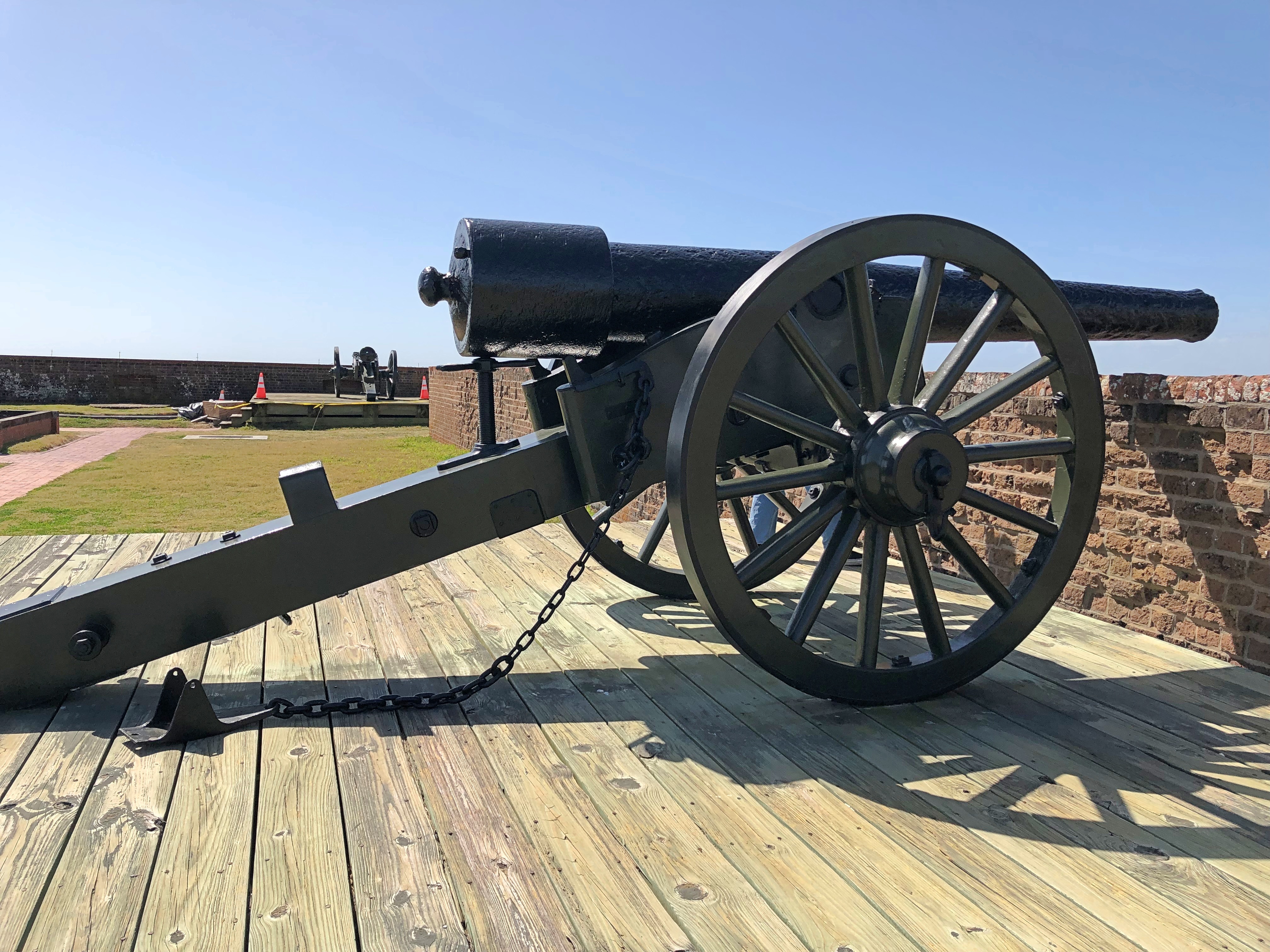
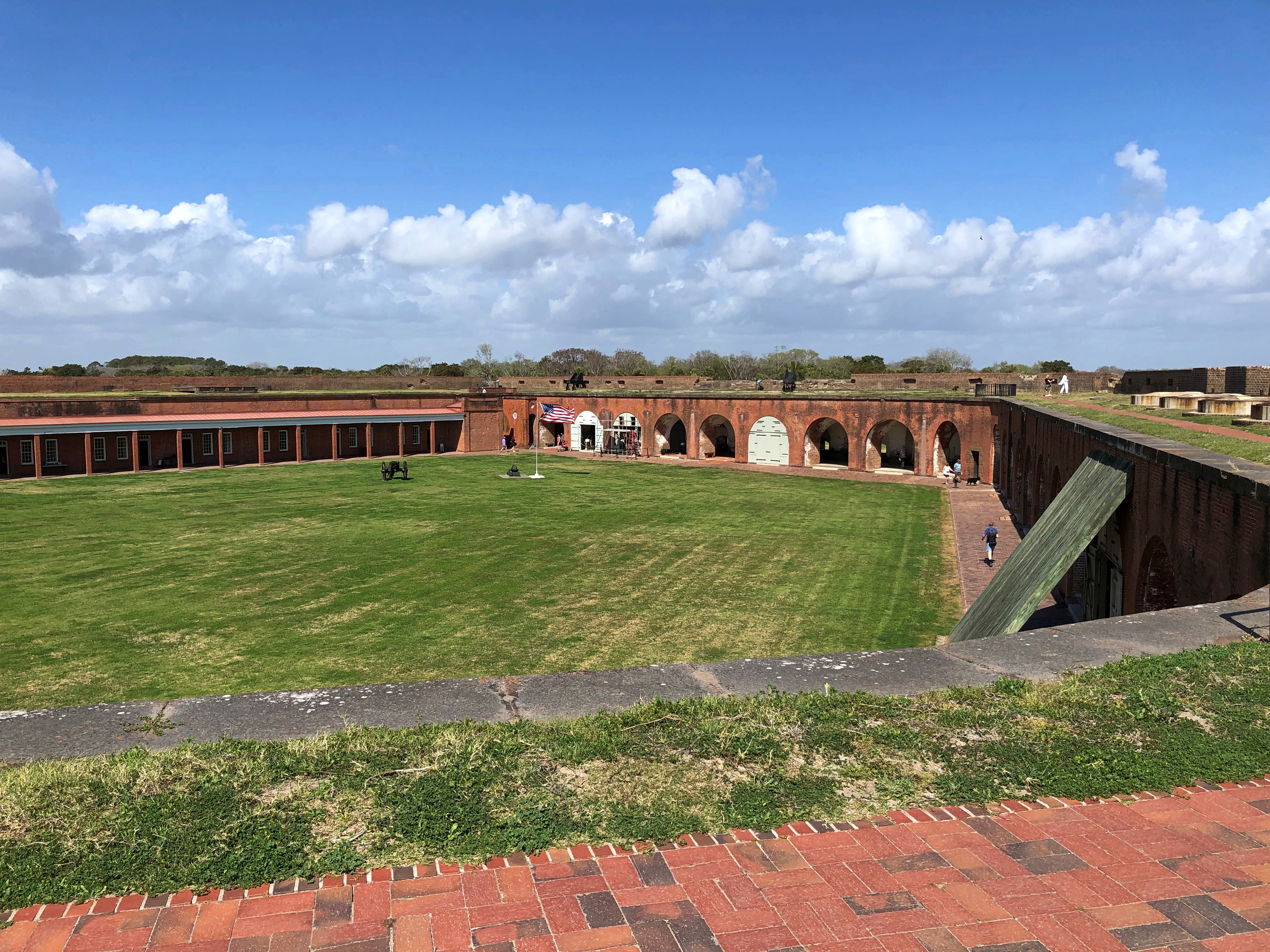
We enjoyed good views of the surrounding territory, Cockspur Island that is, from up there. That kind of view would seem to be an important feature in a fort. I expect most of the flora now seen wasn’t there when Pulaski was an active fort.
Near the entrance of the fort is a small cemetery.
It includes mostly unmarked individual graves, though there is a small stone honoring a man named Robert Rowan. It says:
In Memory of ROBT. ROWAN of No.
Carolina, Lieut in 1st Regimt of Artilrst &
Engirs of the U. States Troops who died
March 3d 1800, Aged 25 Years.
Obviously not involved in the Civil War, he was stationed at Ft. Pulaski’s predecessor, Ft. Greene. I’m a little amazed that the stone still stands, and even the location of Rowan’s resting place is known, considering that a hurricane destroyed that fort only four years after he died.
Also buried in the cemetery are 13 of the Immortal Six Hundred, Confederate POWs held at Ft. Pulaski in 1864 and ’65. A much newer stone at the end of a sidewalk — erected in 2012 by the George Division of the Sons of Confederate Veterans — honors these men.
A number of short walking paths lead away from the fort. We took a walk on one.
Skies were clear and temps warm, about 80 F. Luckily, it seemed to be a little too early in the spring for many bugs to be around. I expect bugs were a major nuisance (and danger, considering the likes of malaria) for the fort’s garrison in those pre-DEET days.
The path we walked eventually led, by way of the aforementioned John Wesley memorial, to the Savannah River, near where it empties into the Atlantic. Across the way is South Carolina.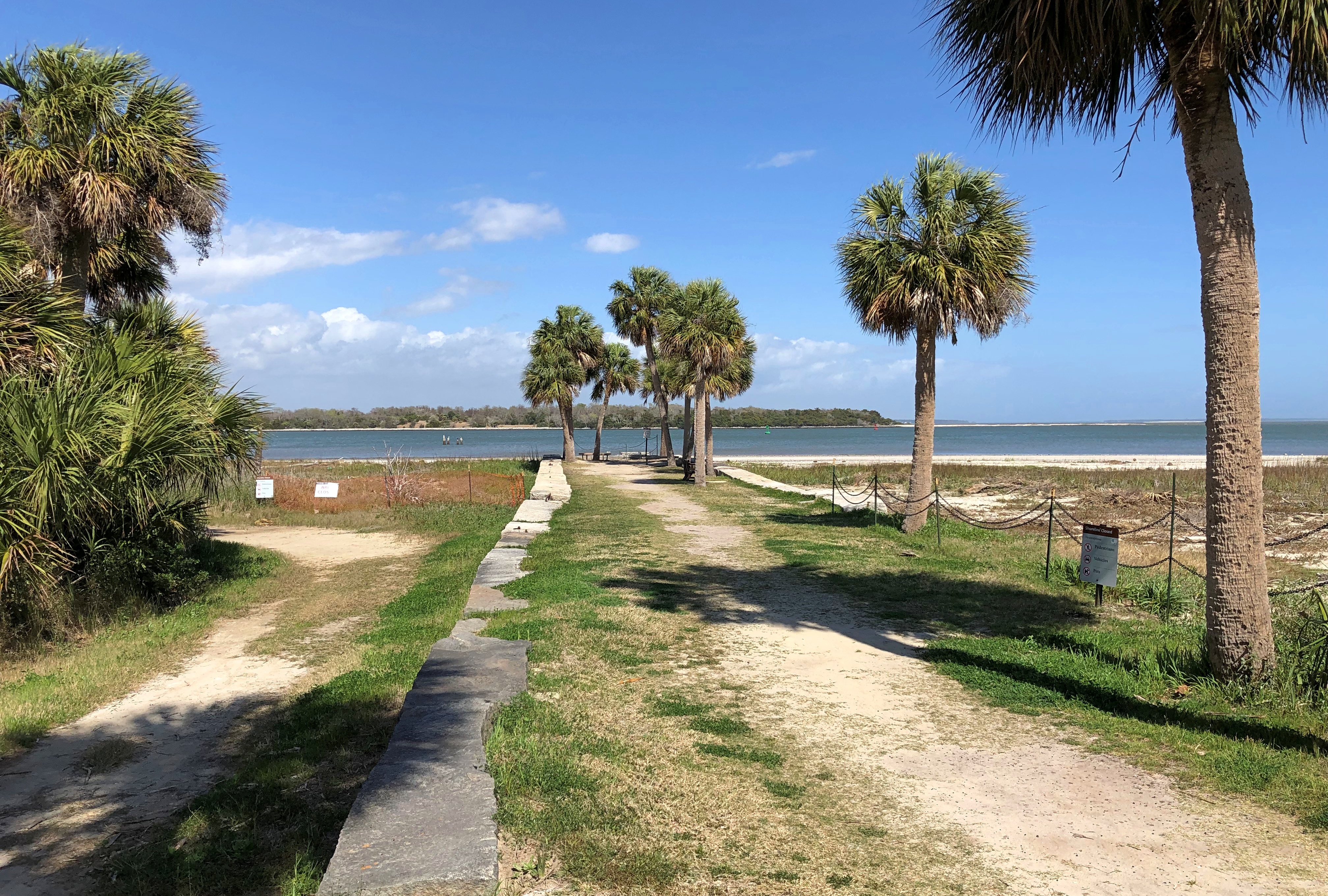
Signs marked the beach closed, so we didn’t venture on to it. Still, frame it right, and it looks like you’re at a beach resort.
At least, that’s what Ann claimed as she sent pictures to her friends.
